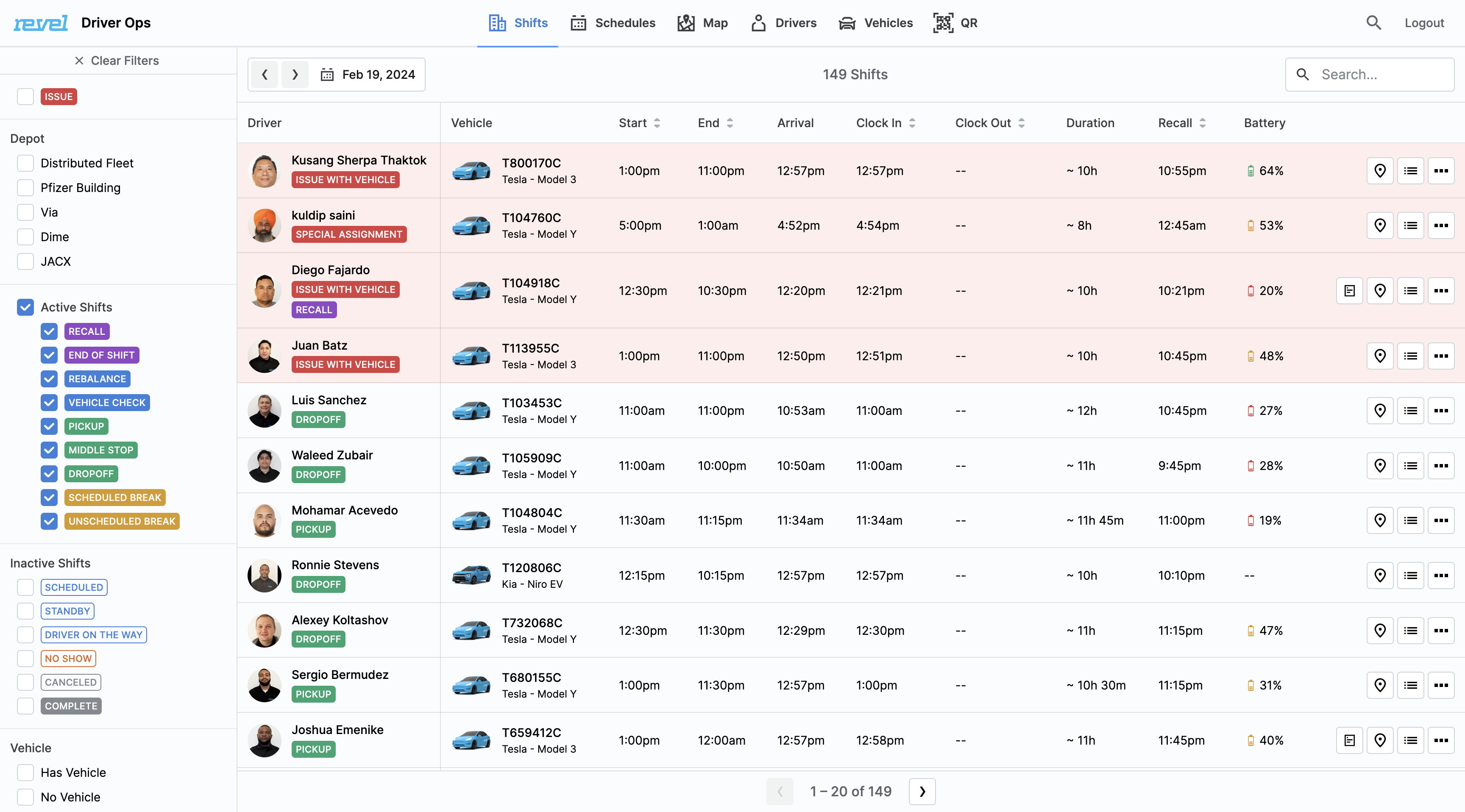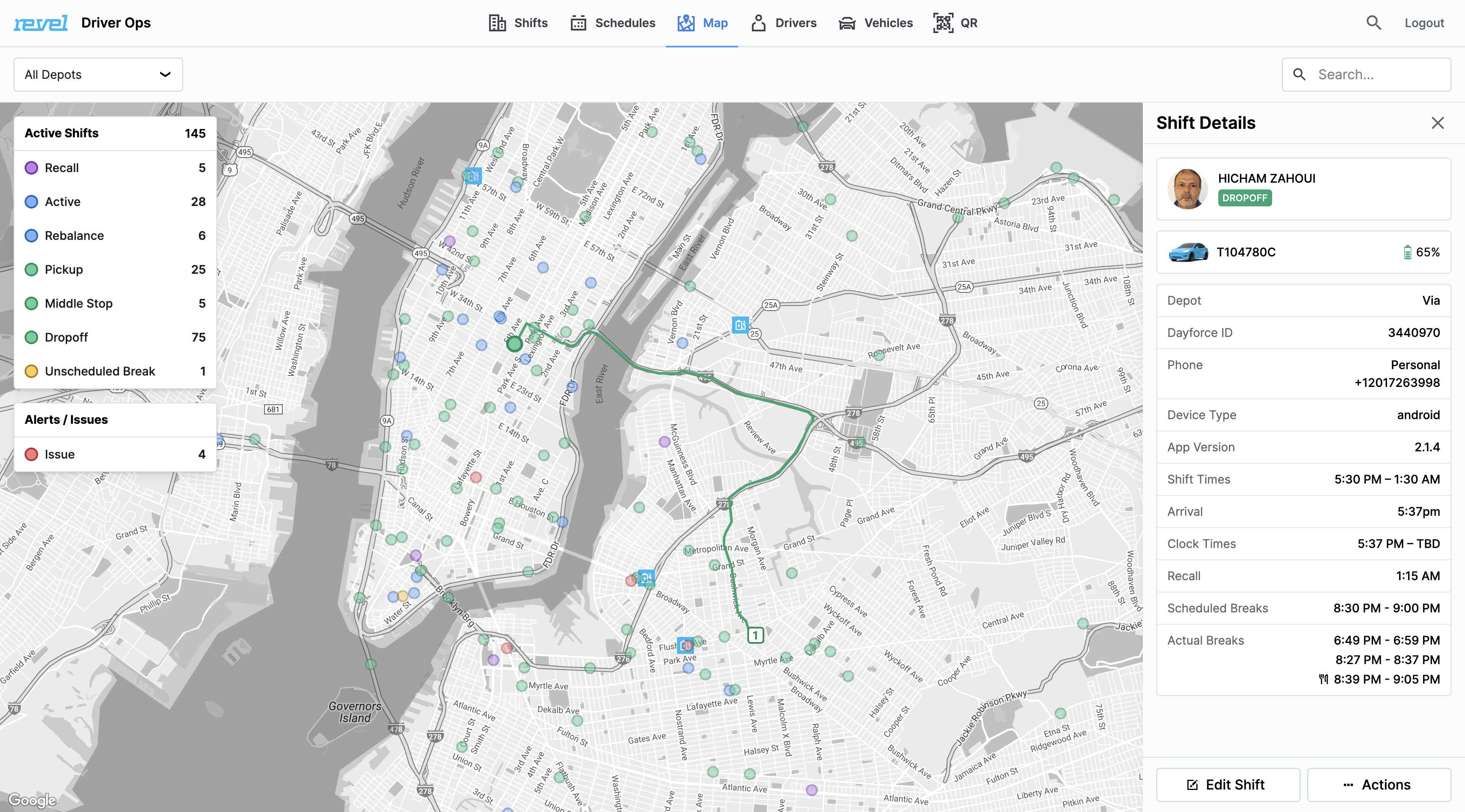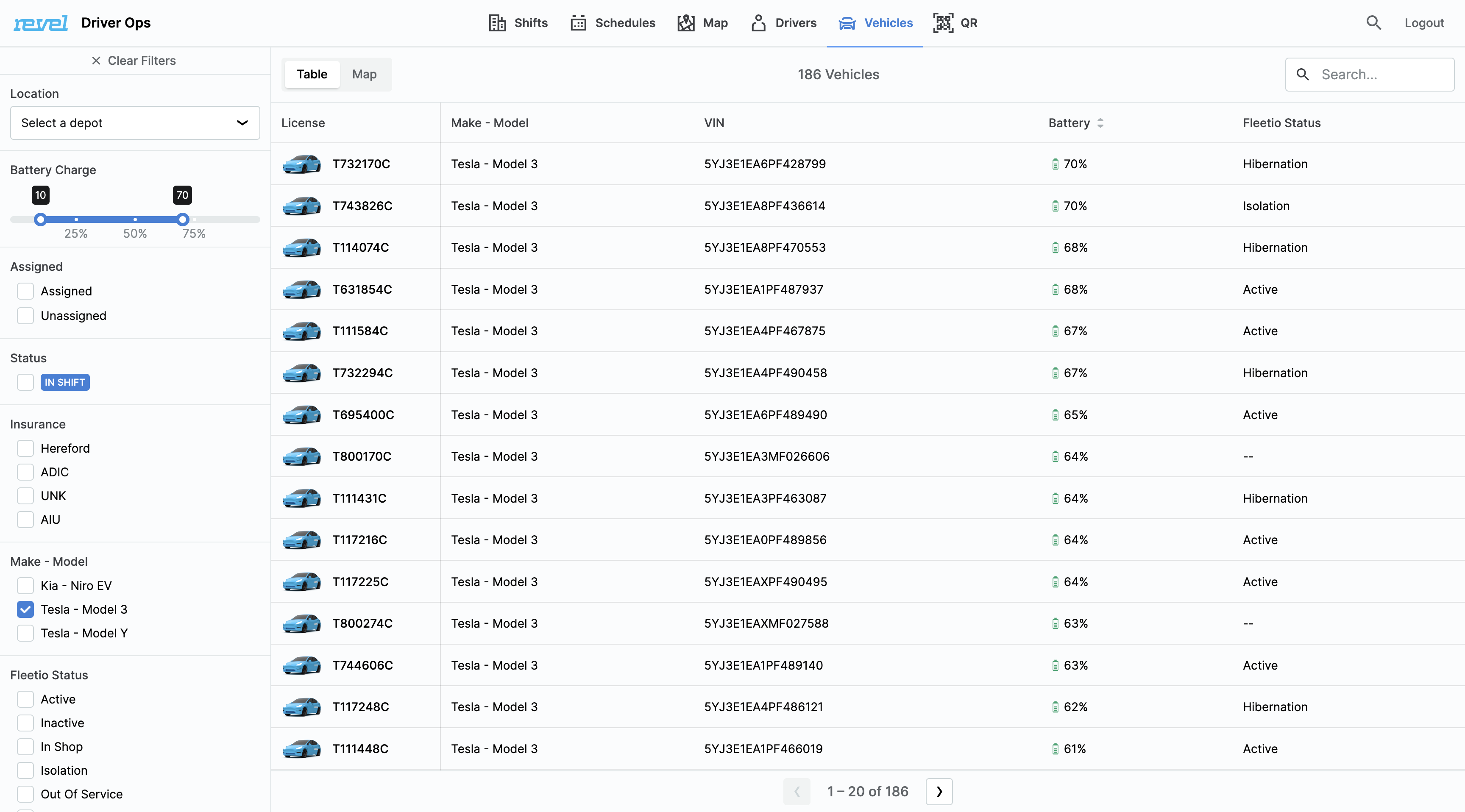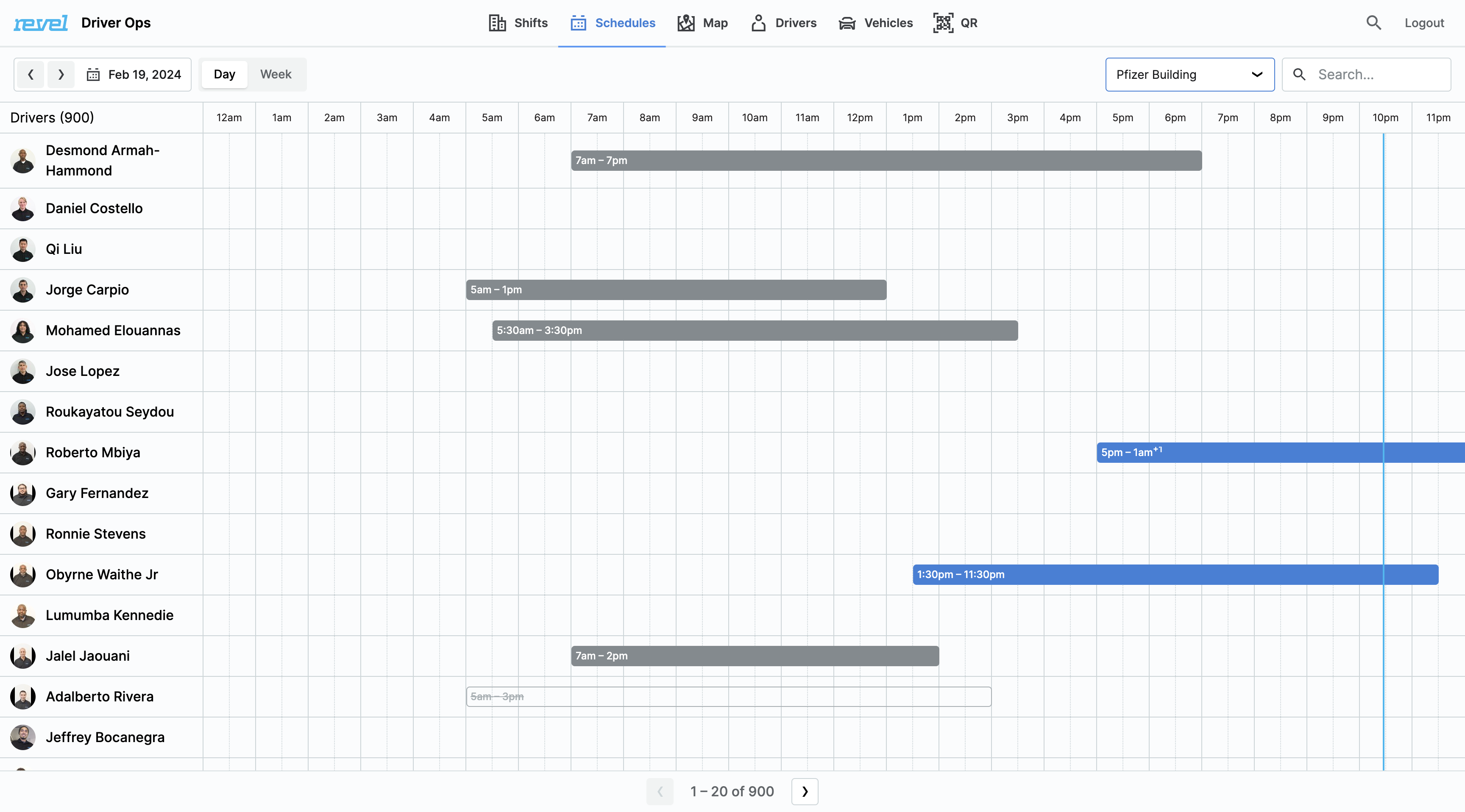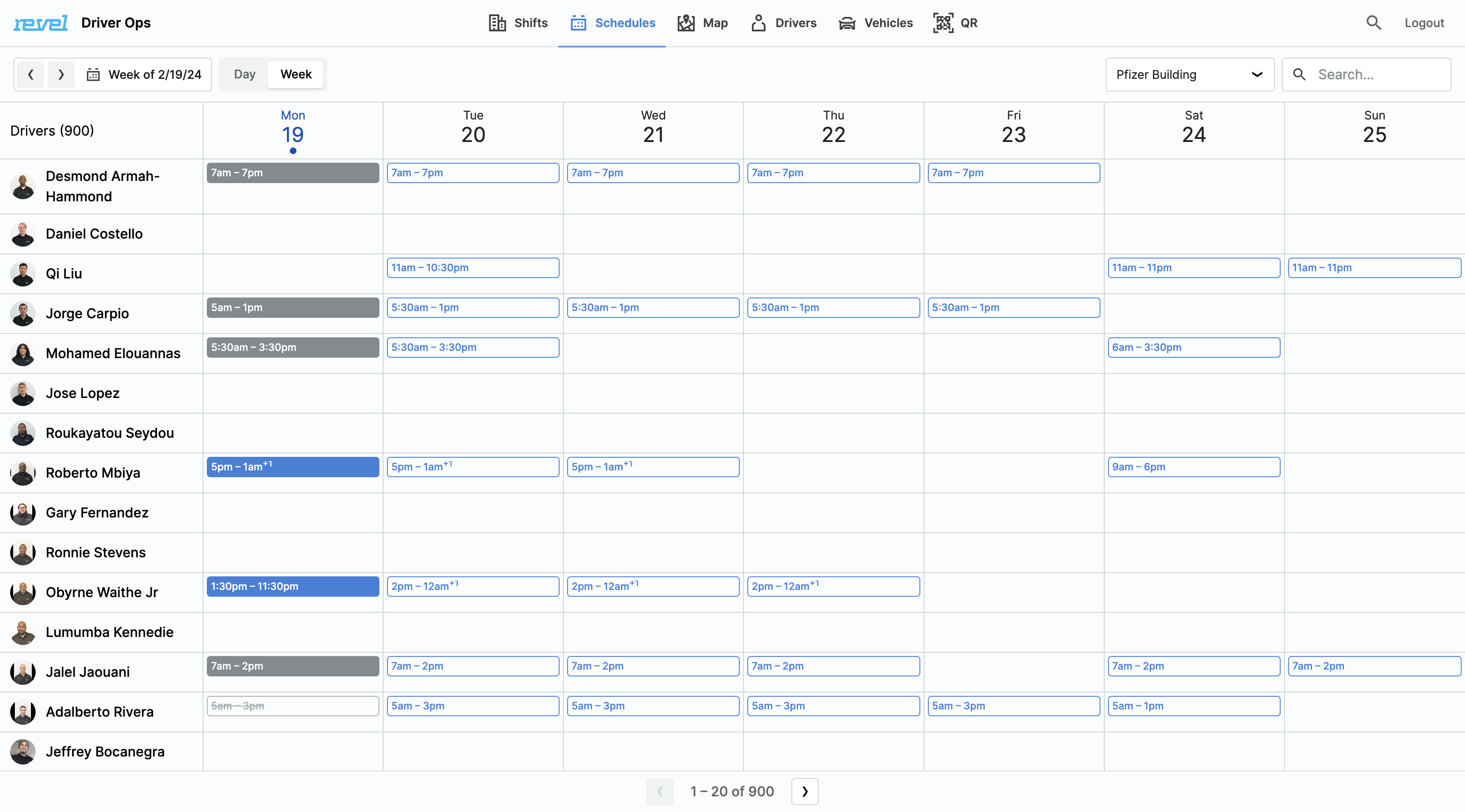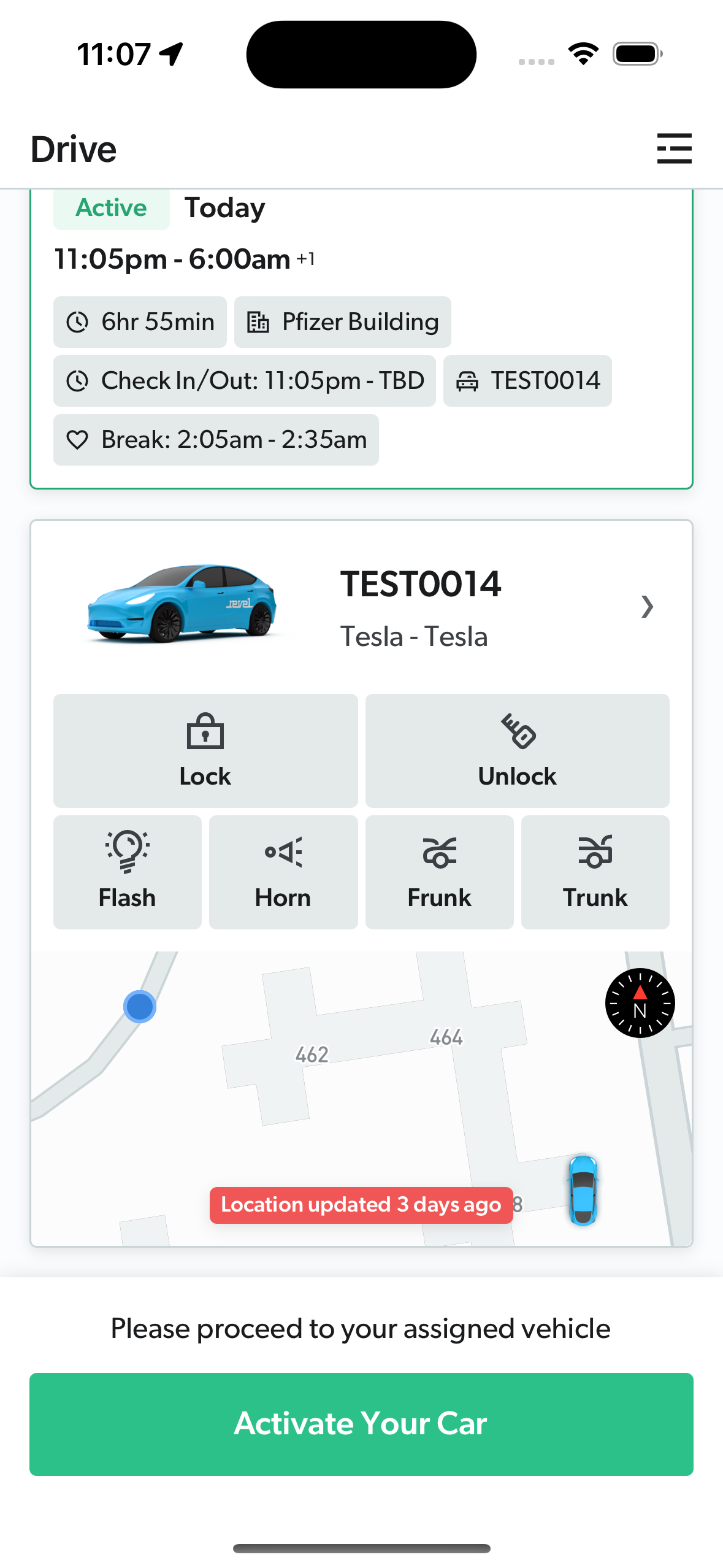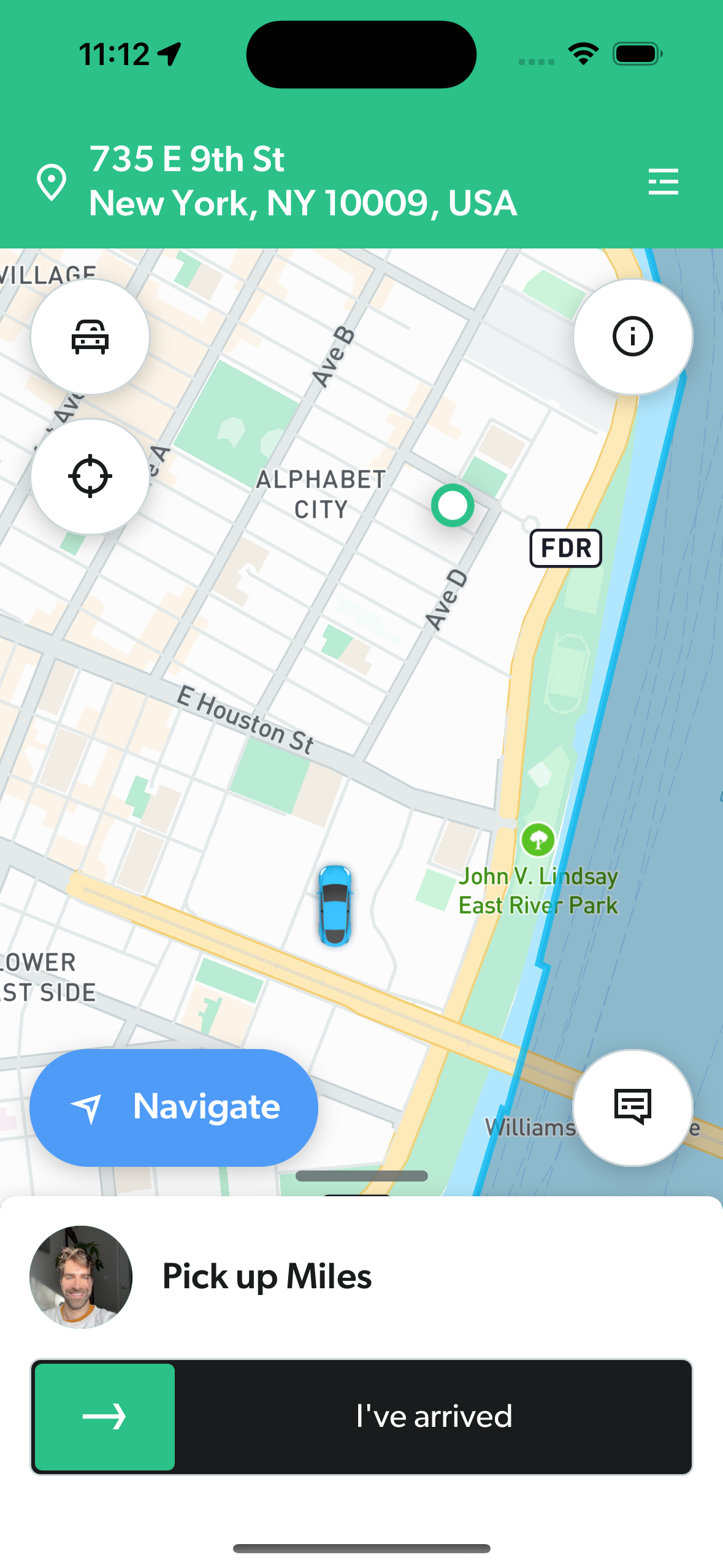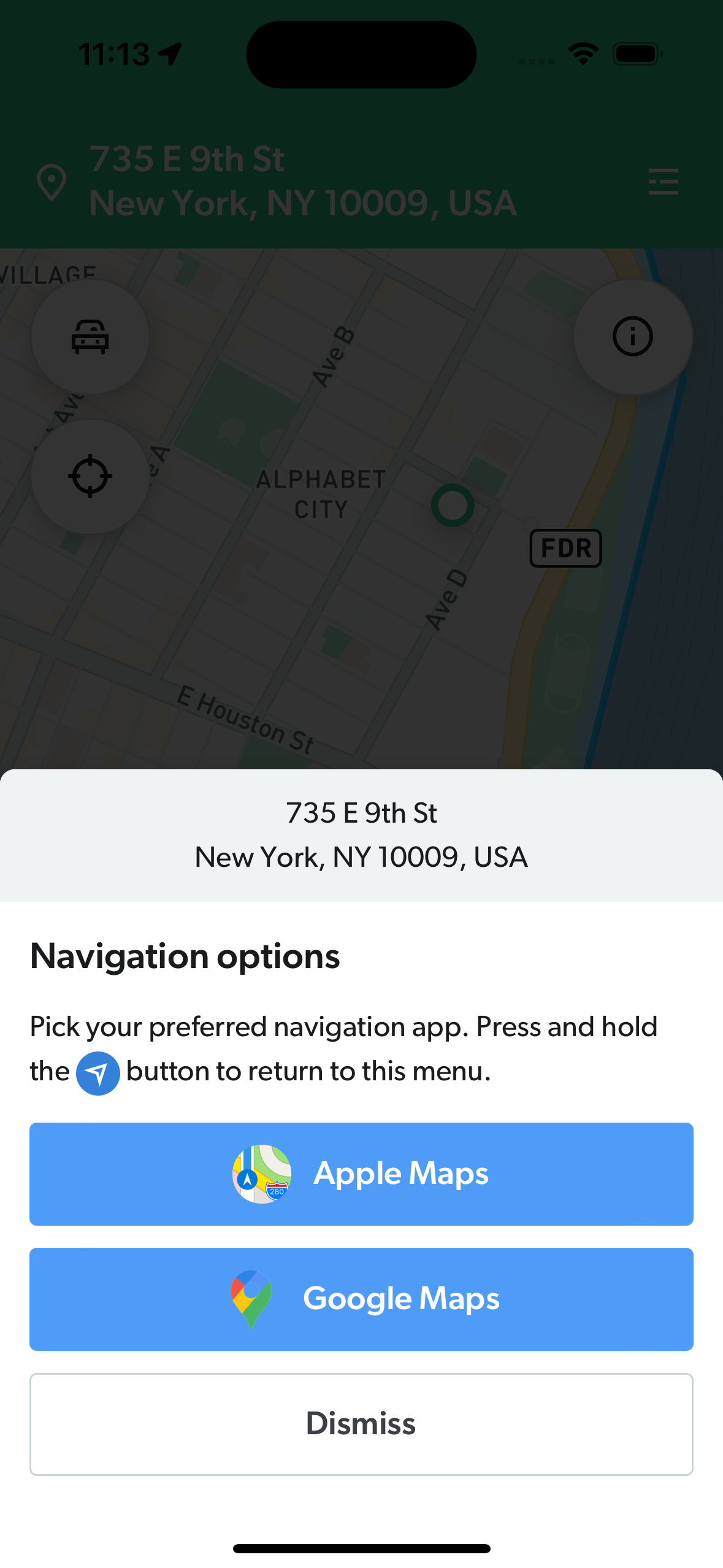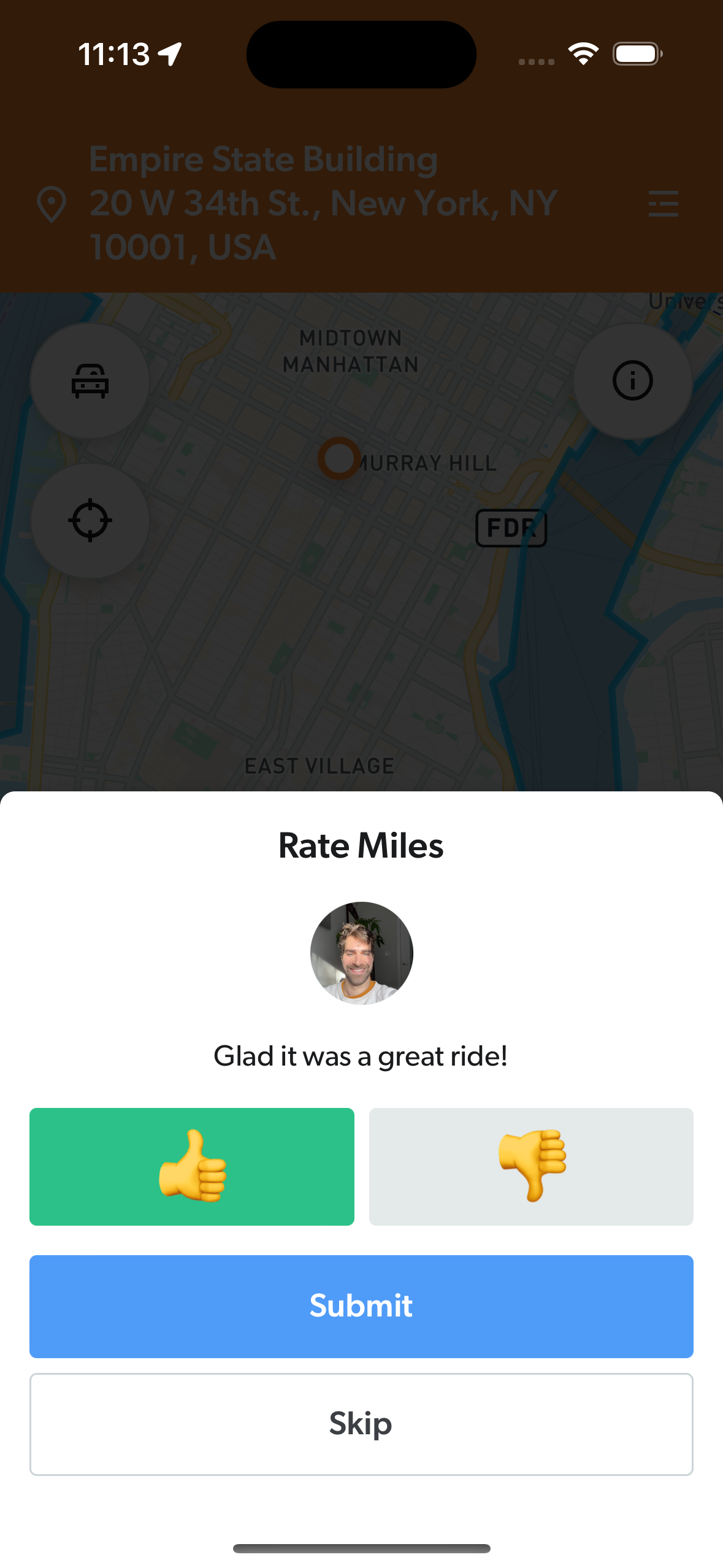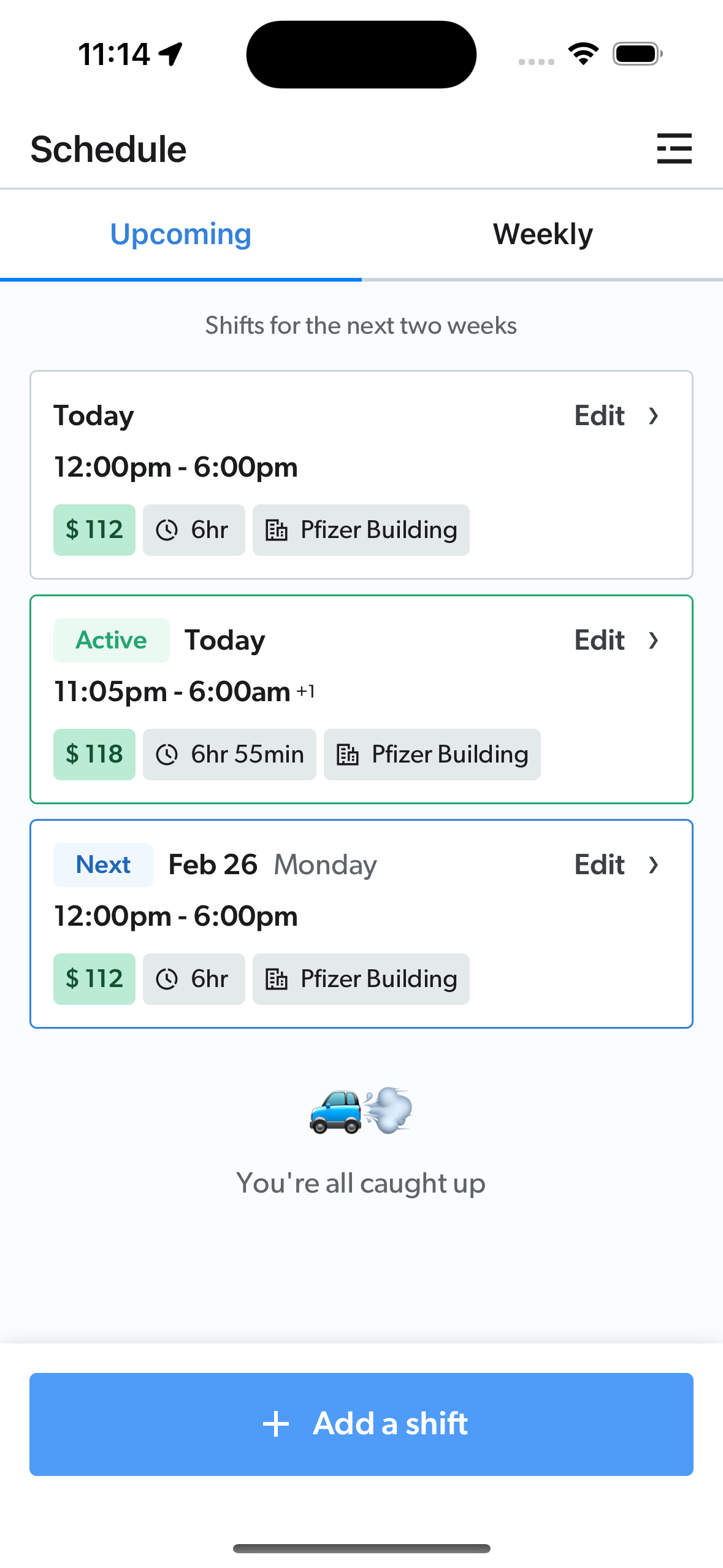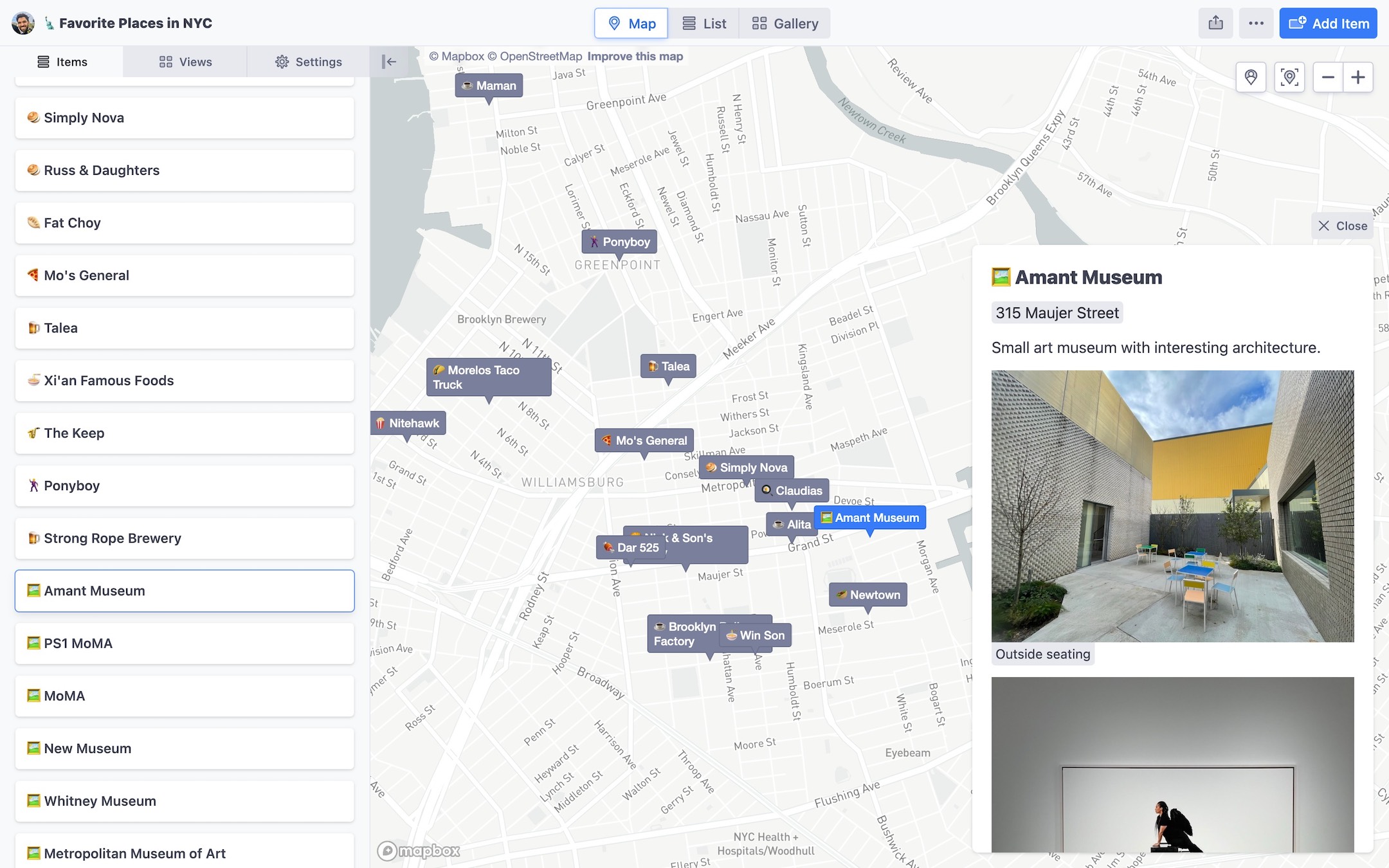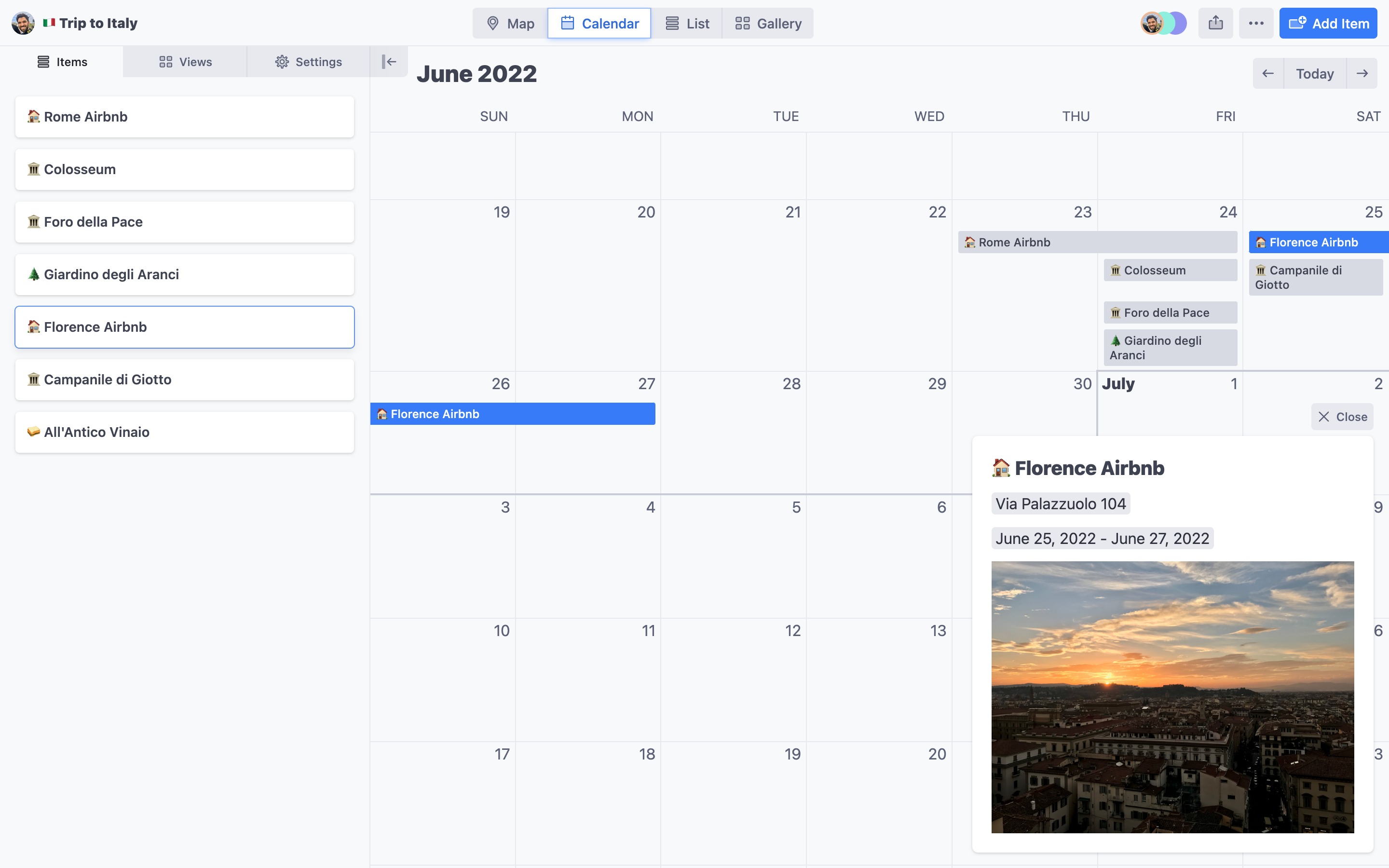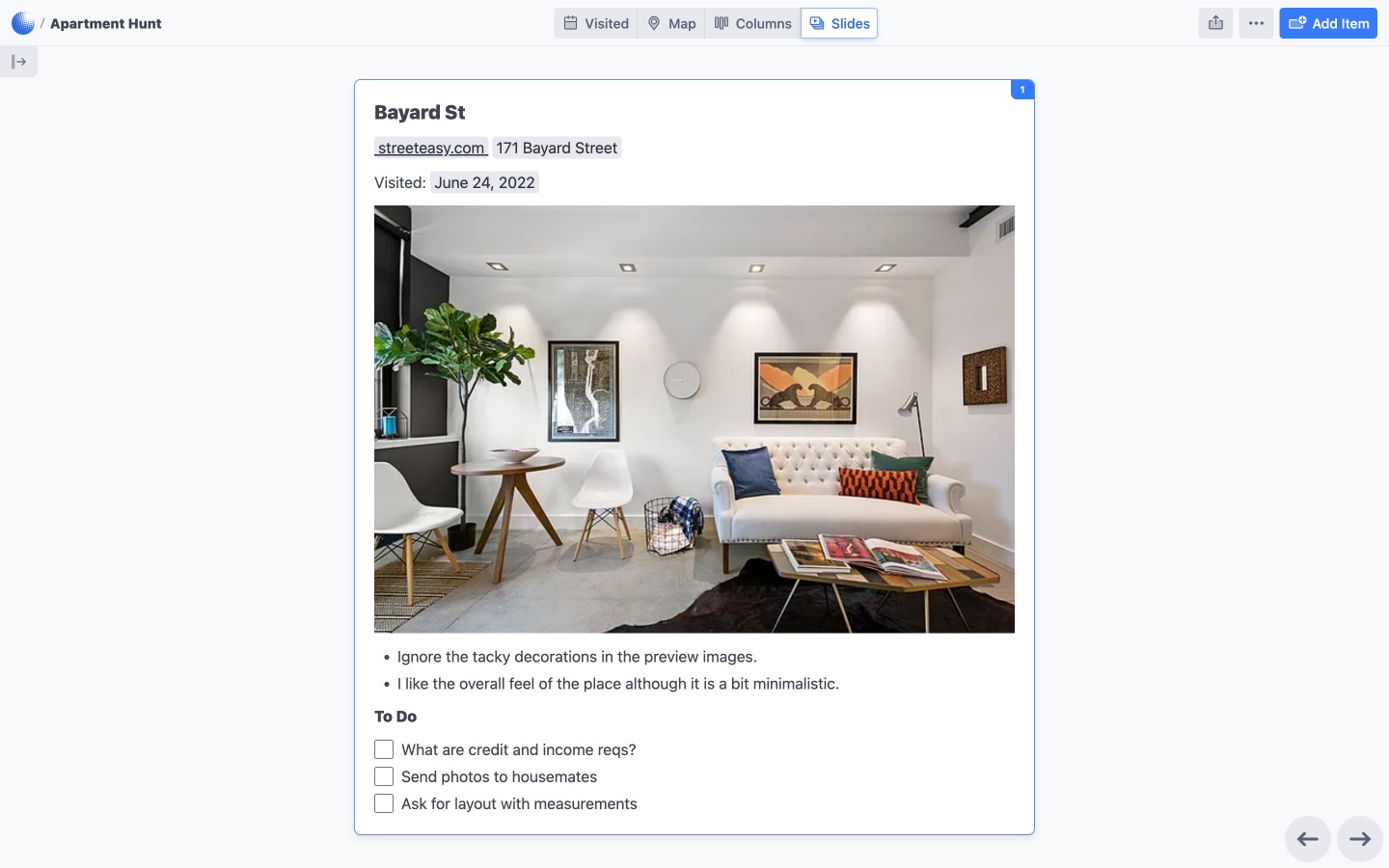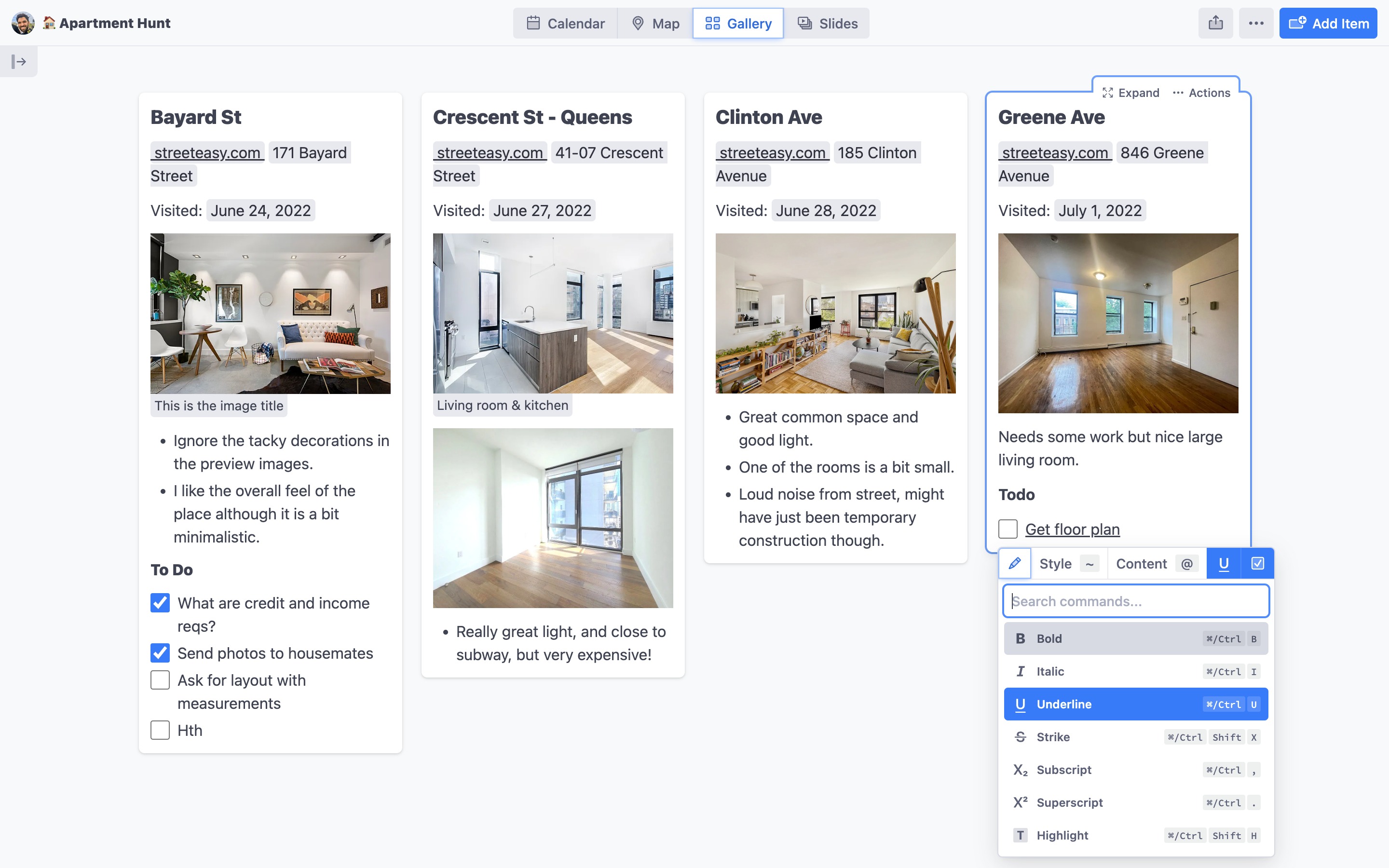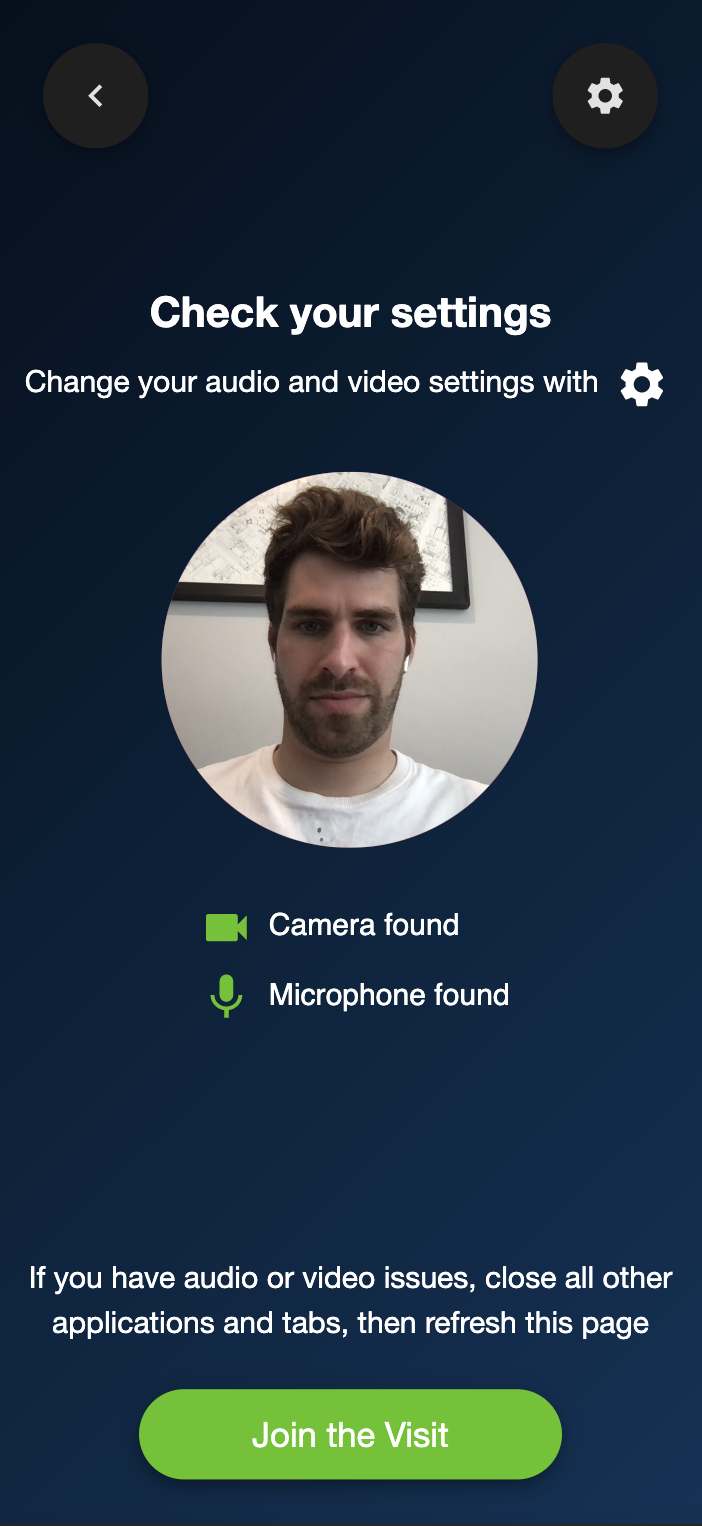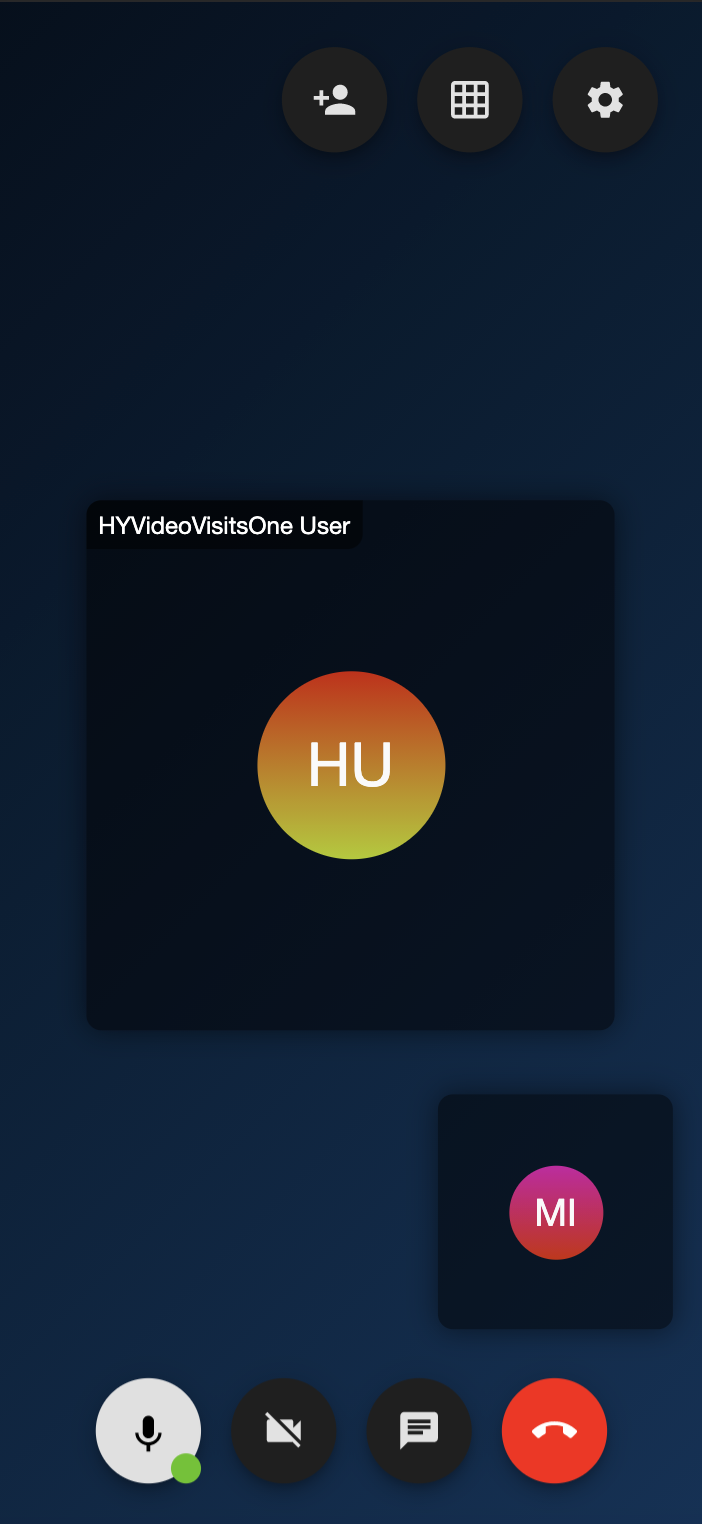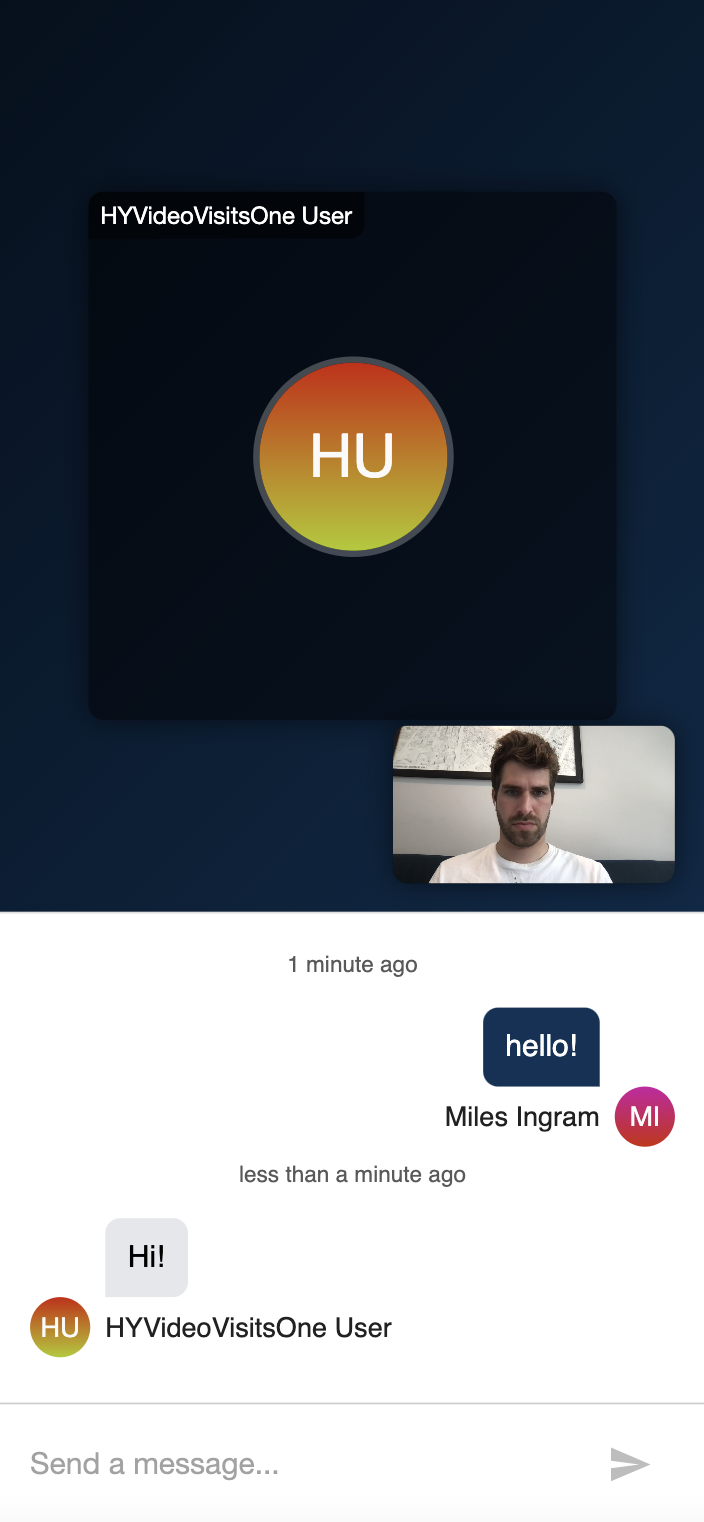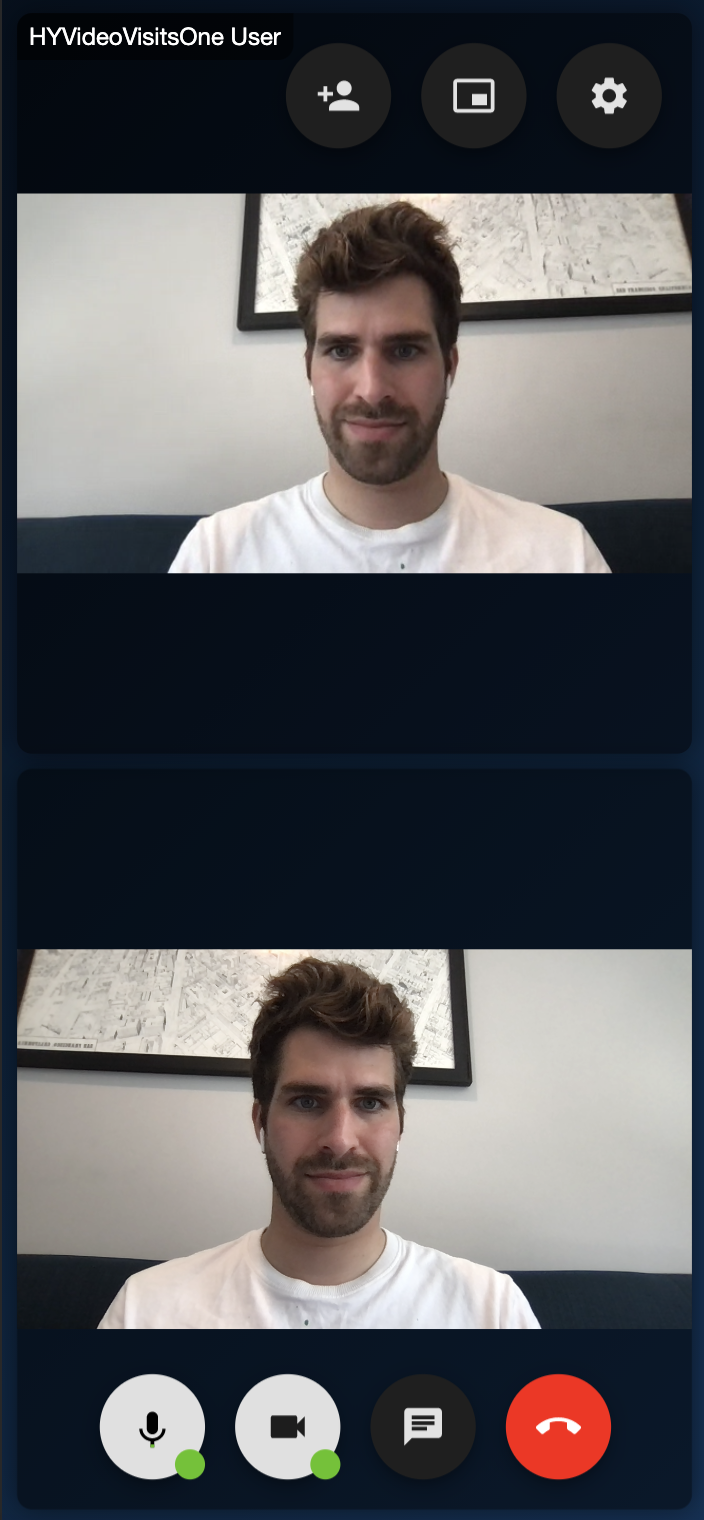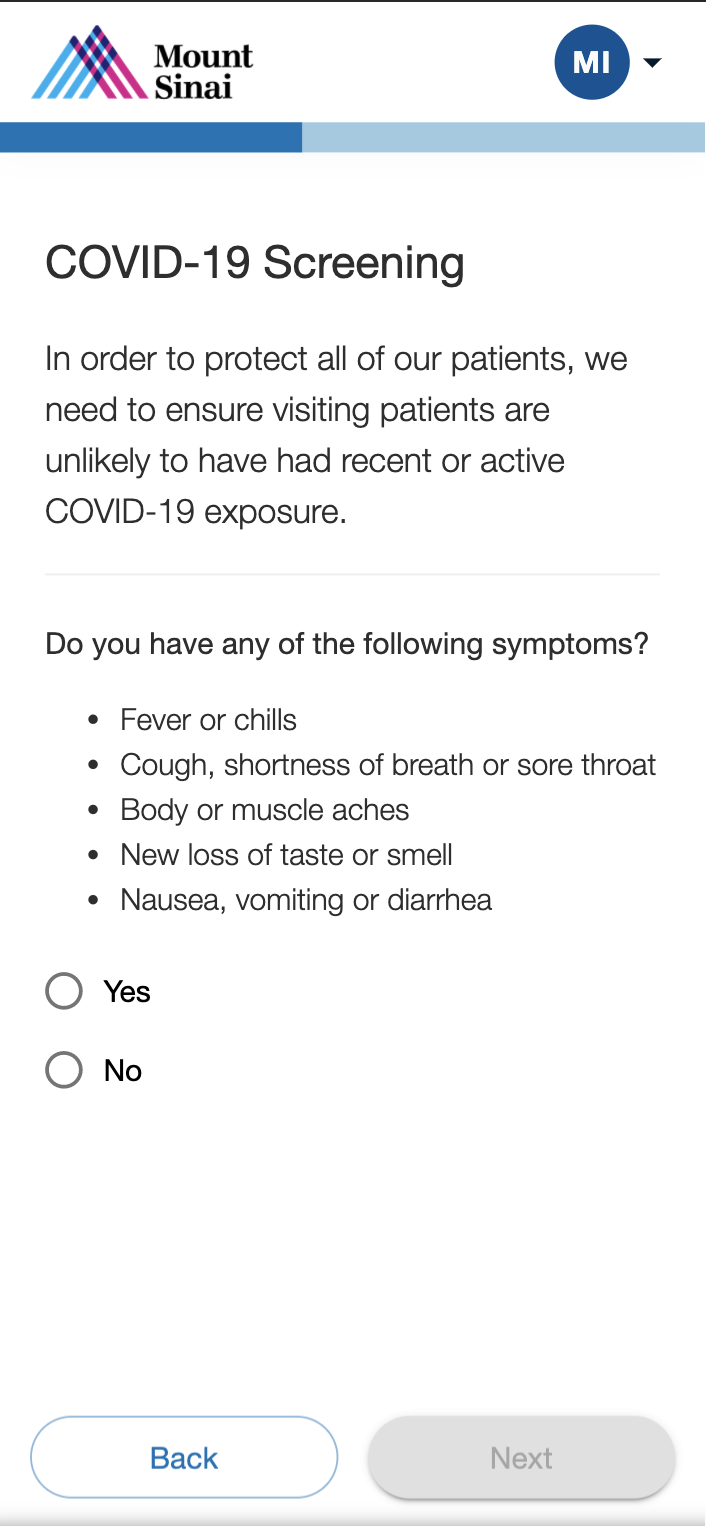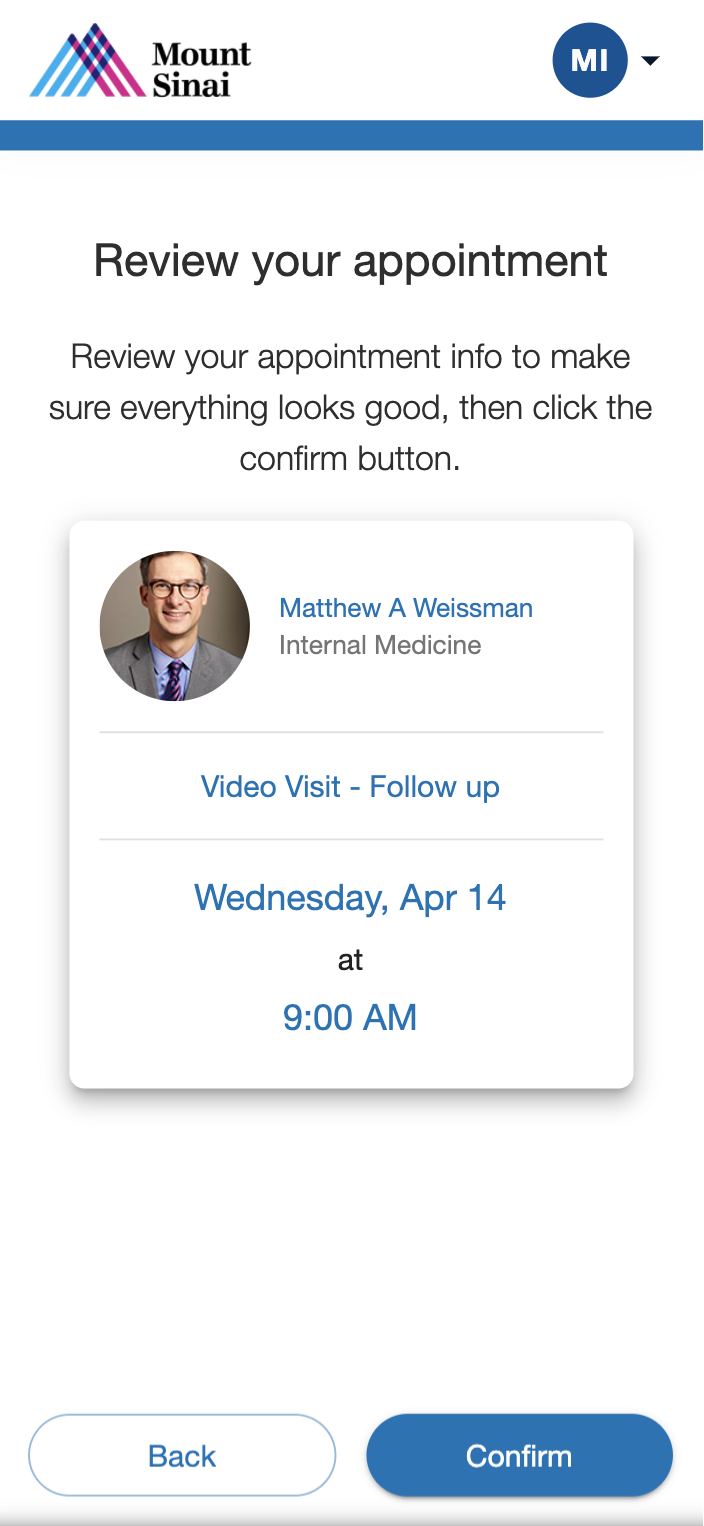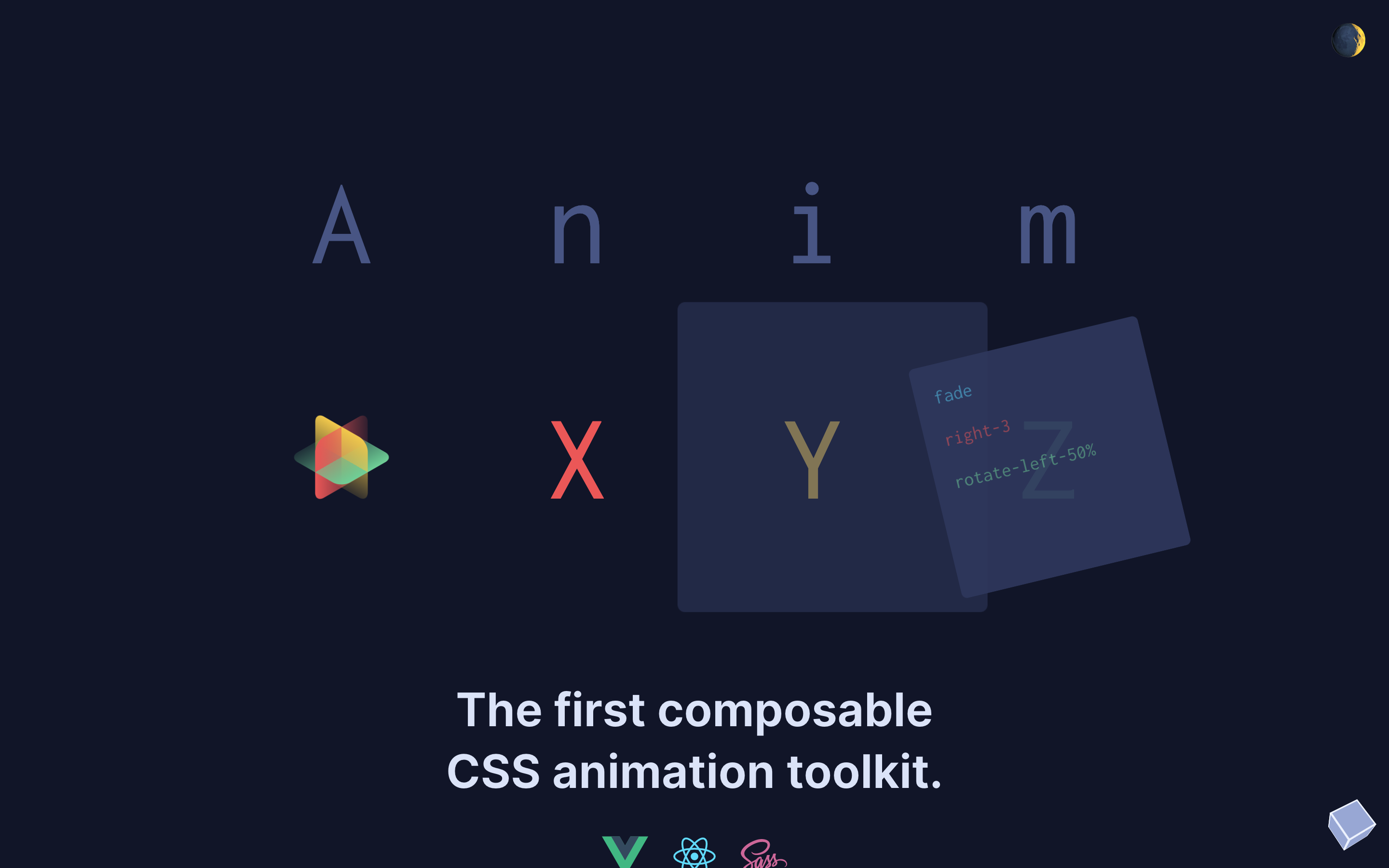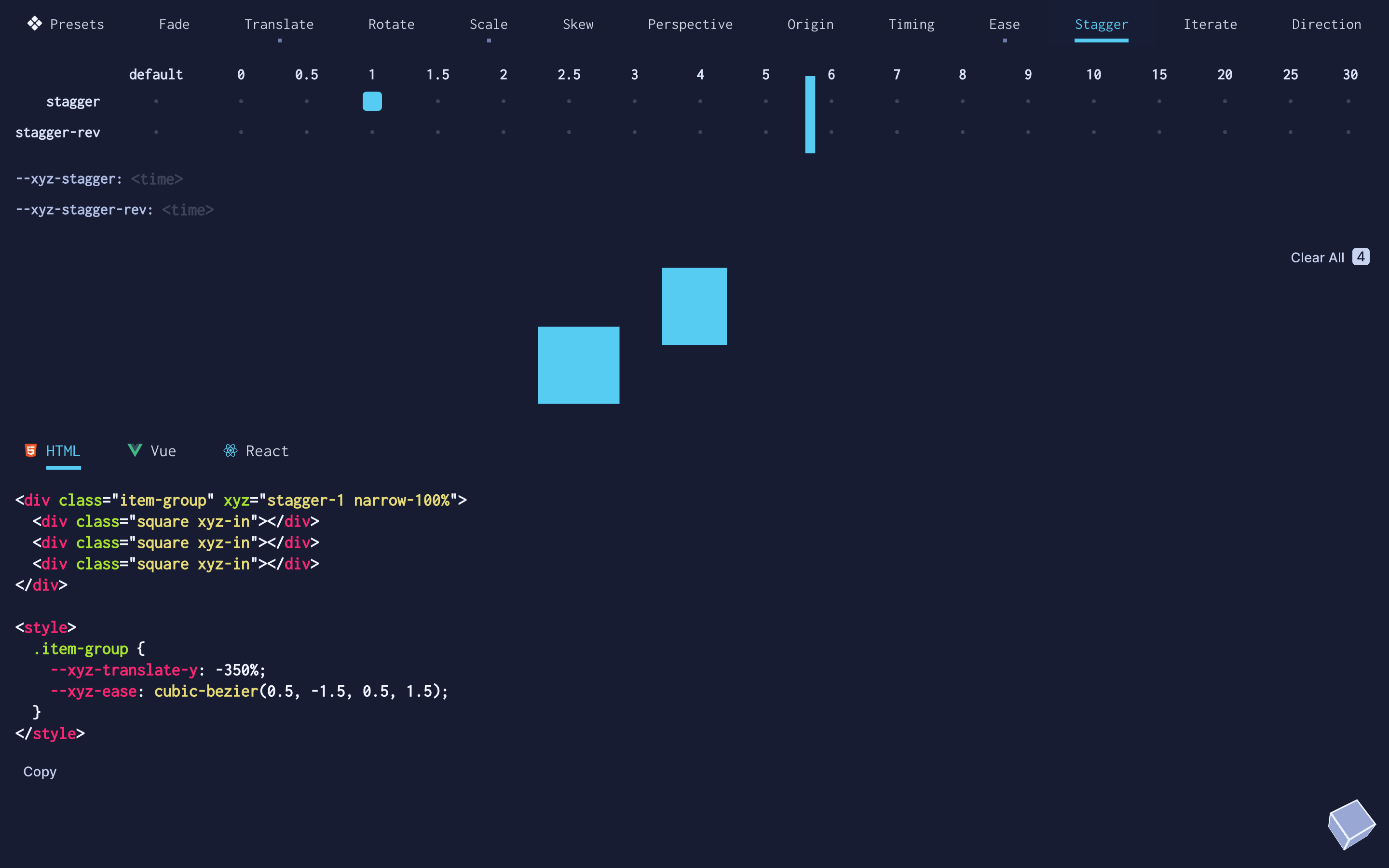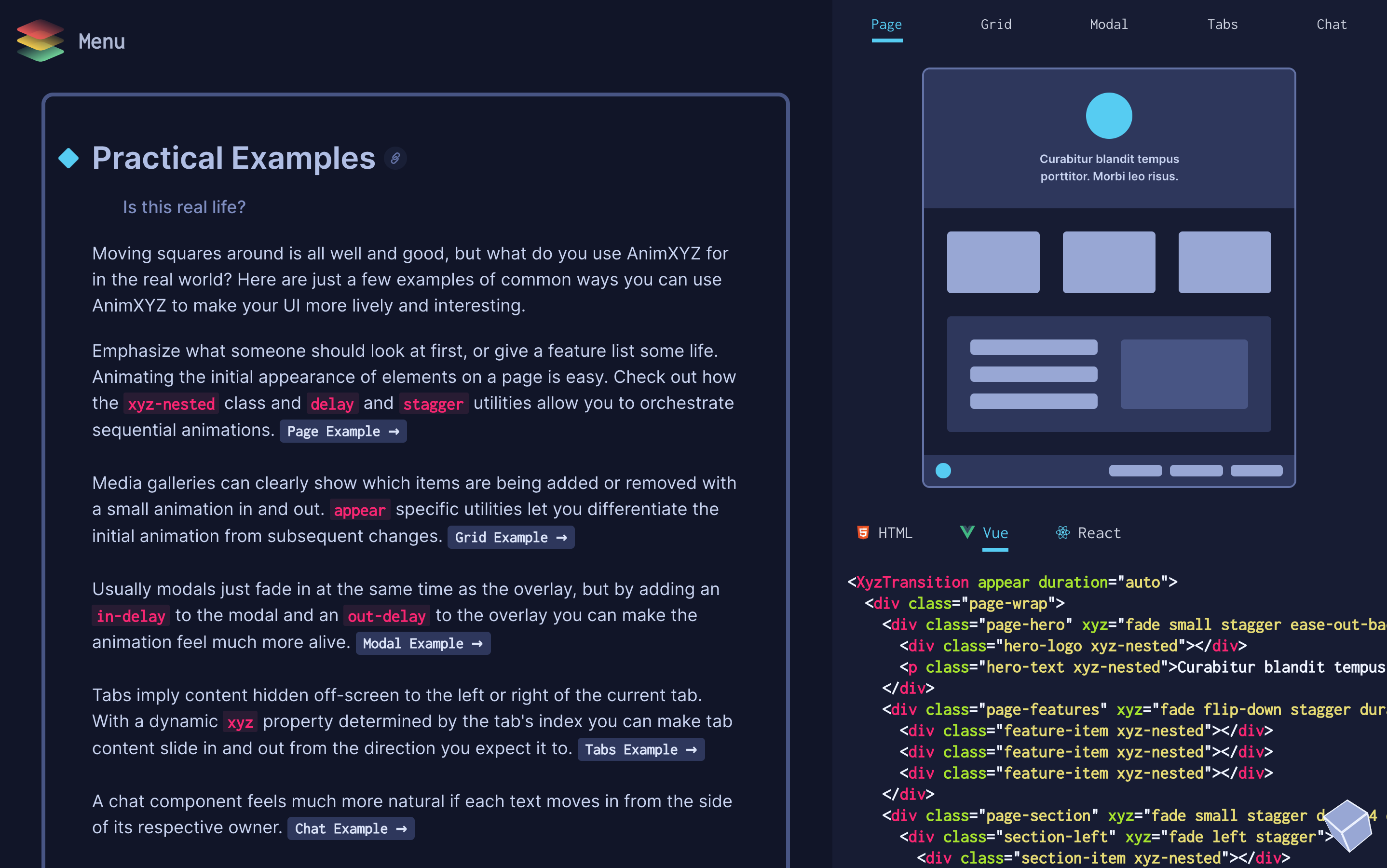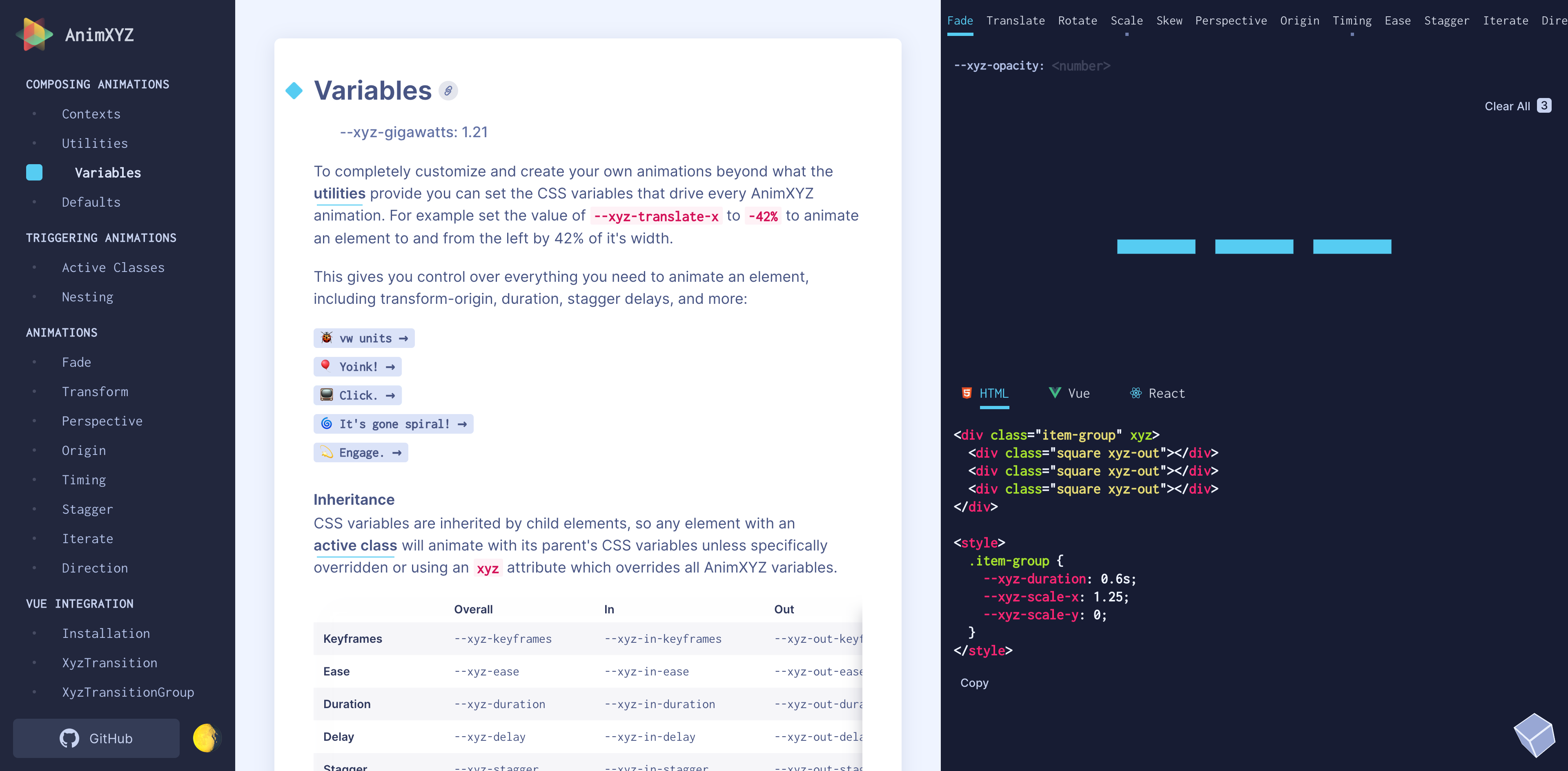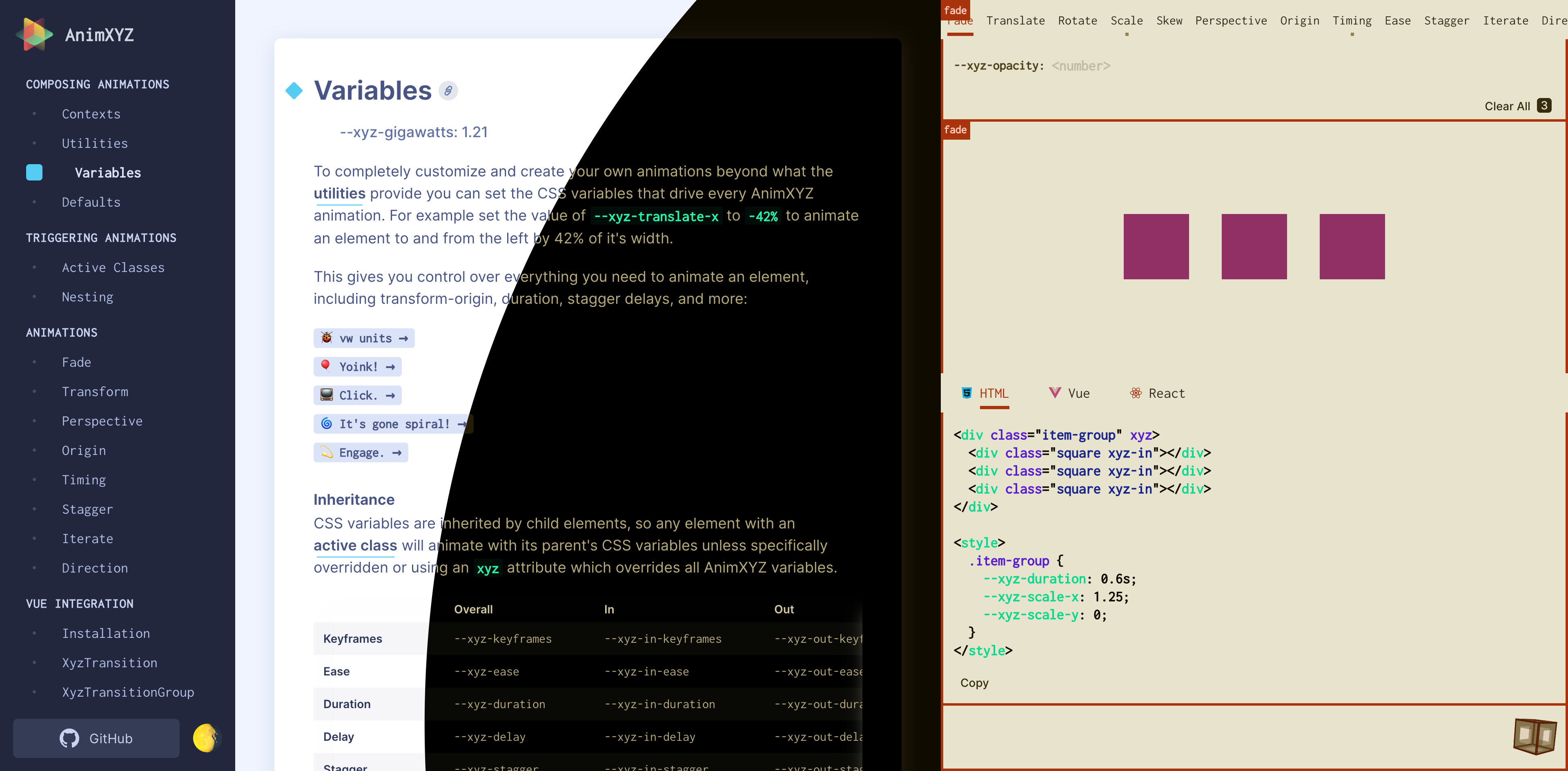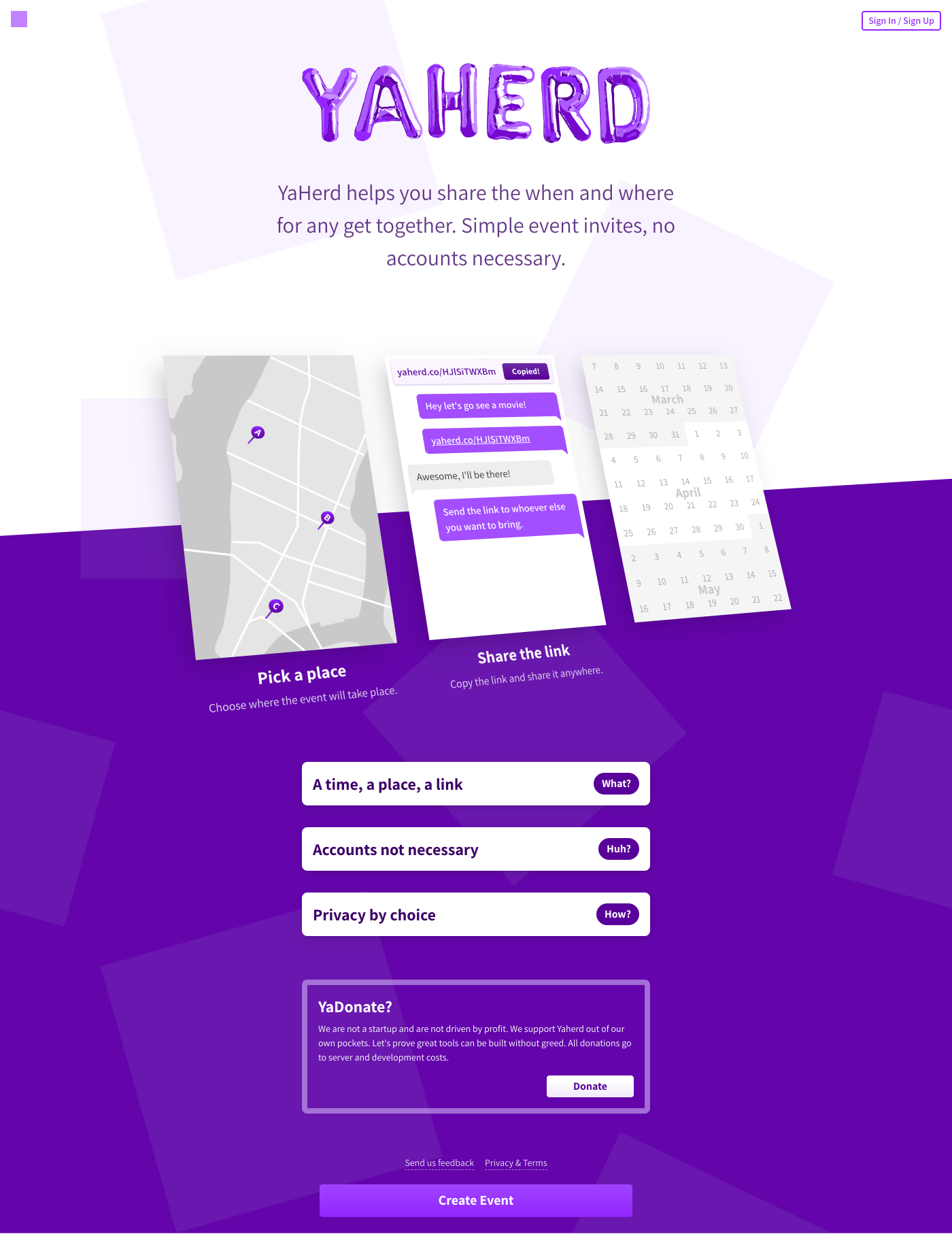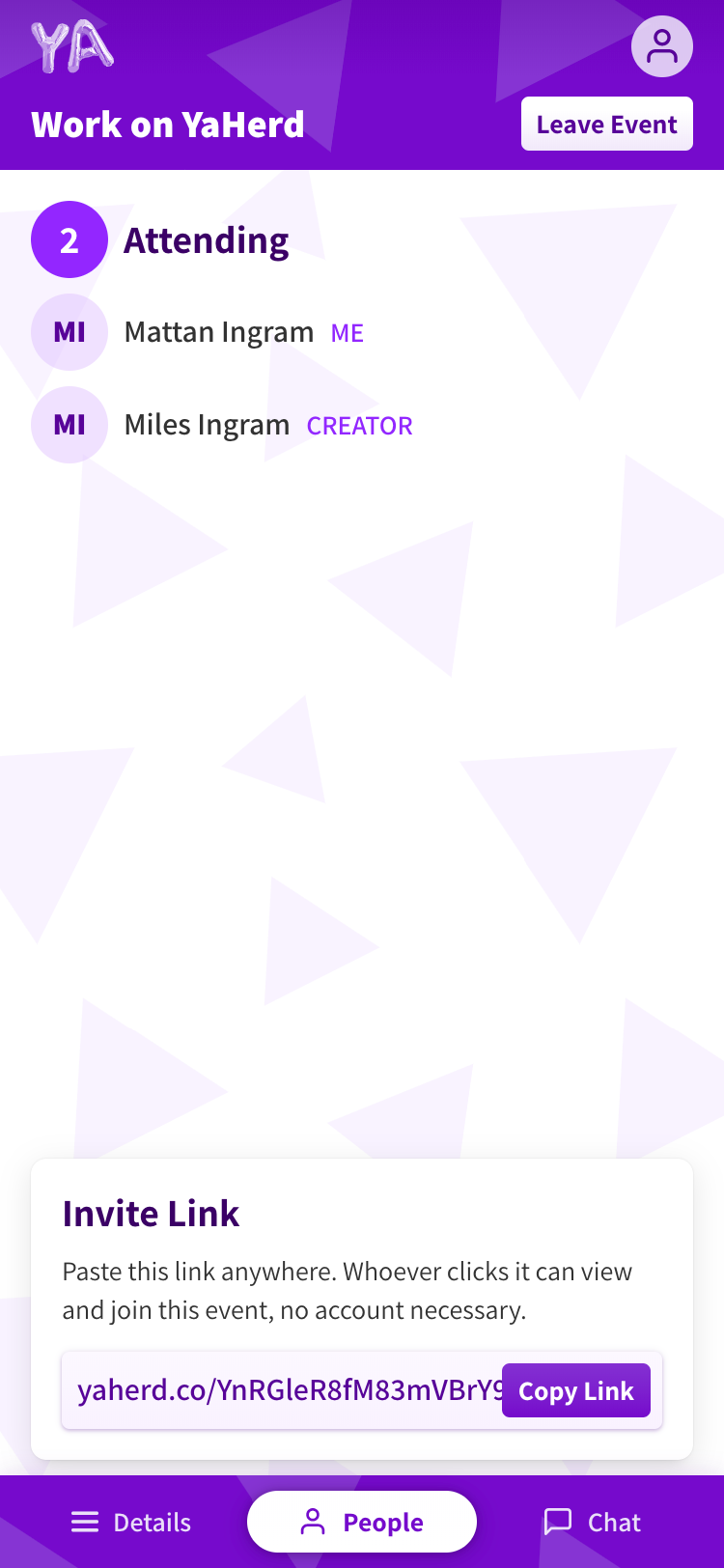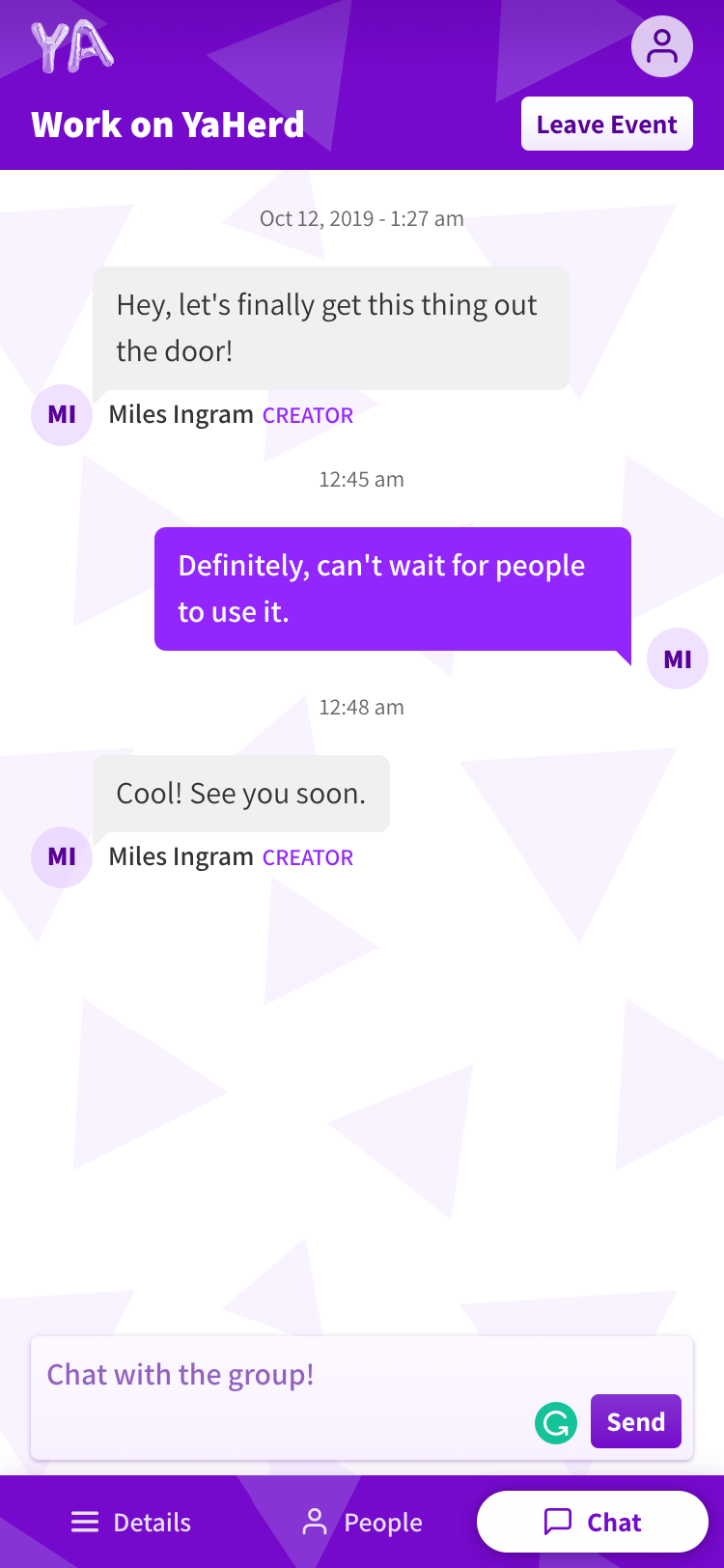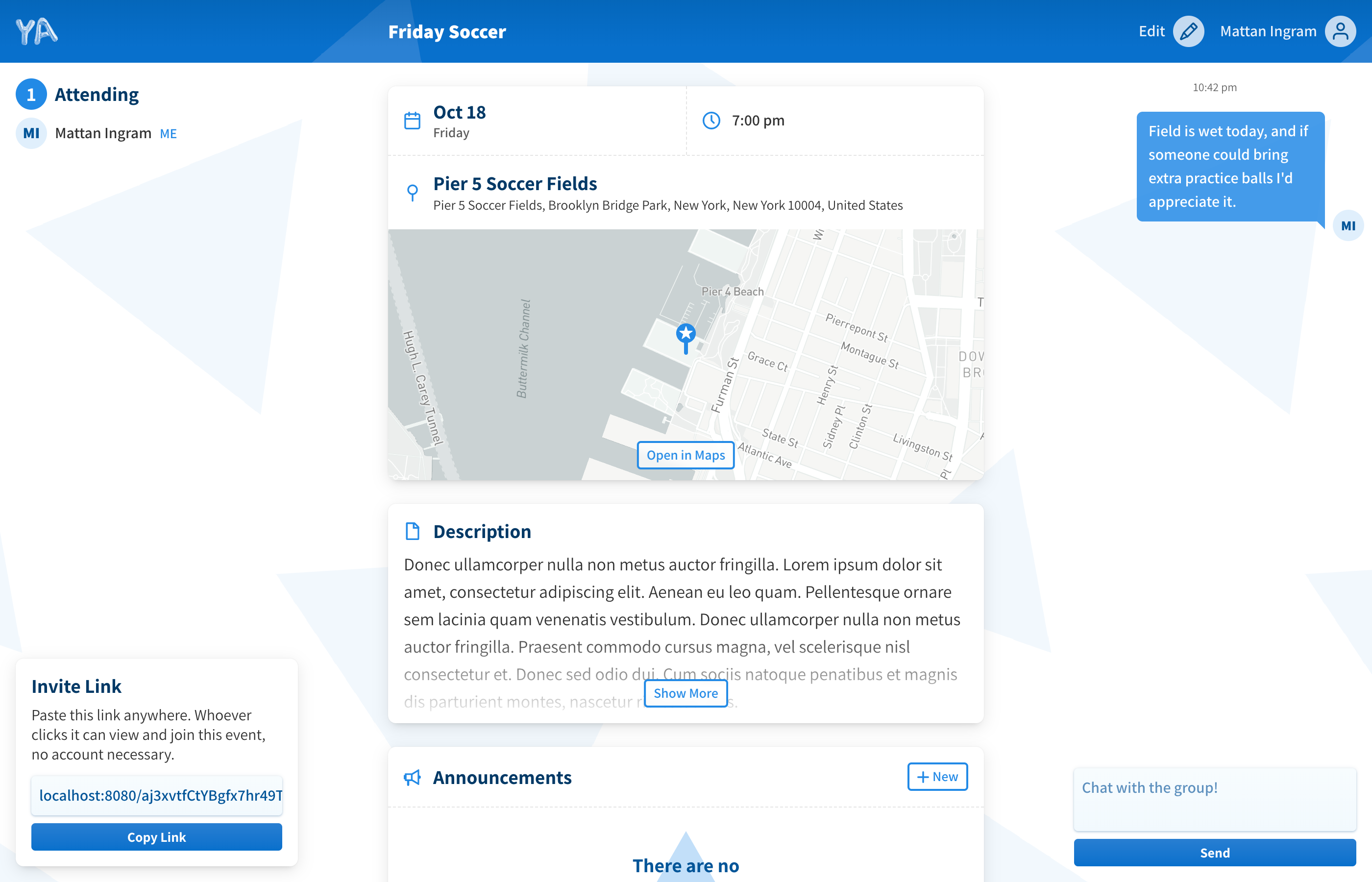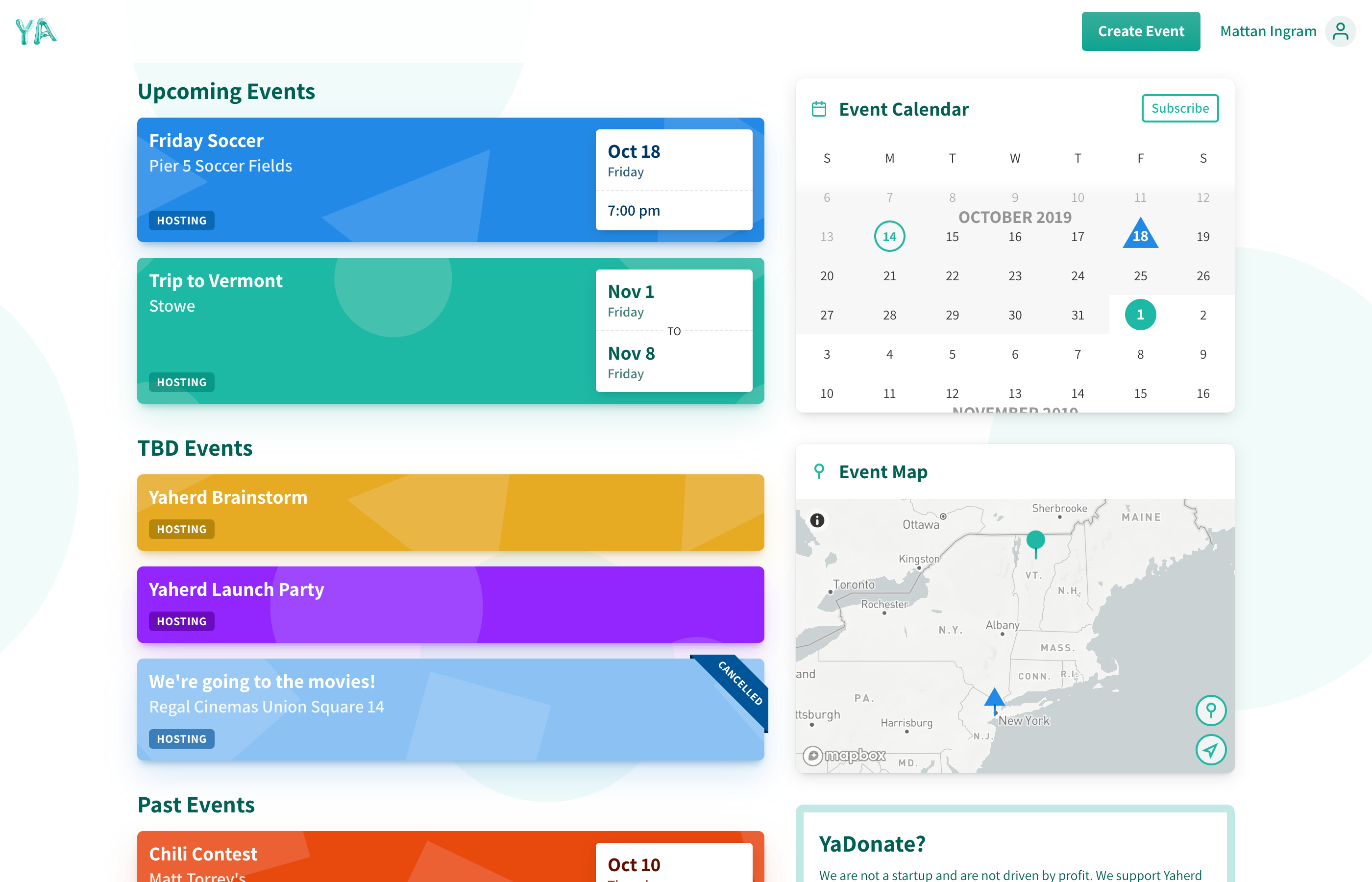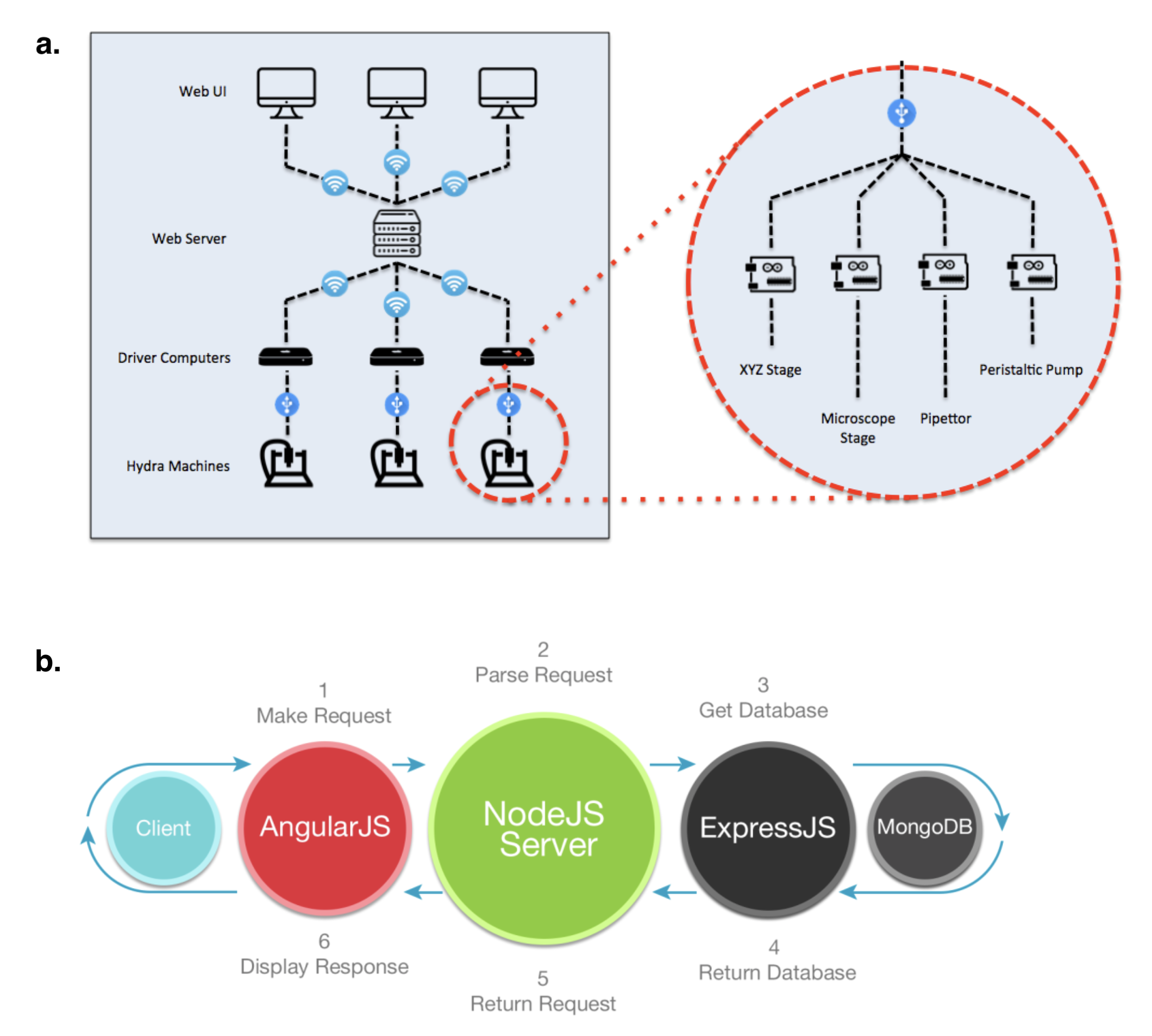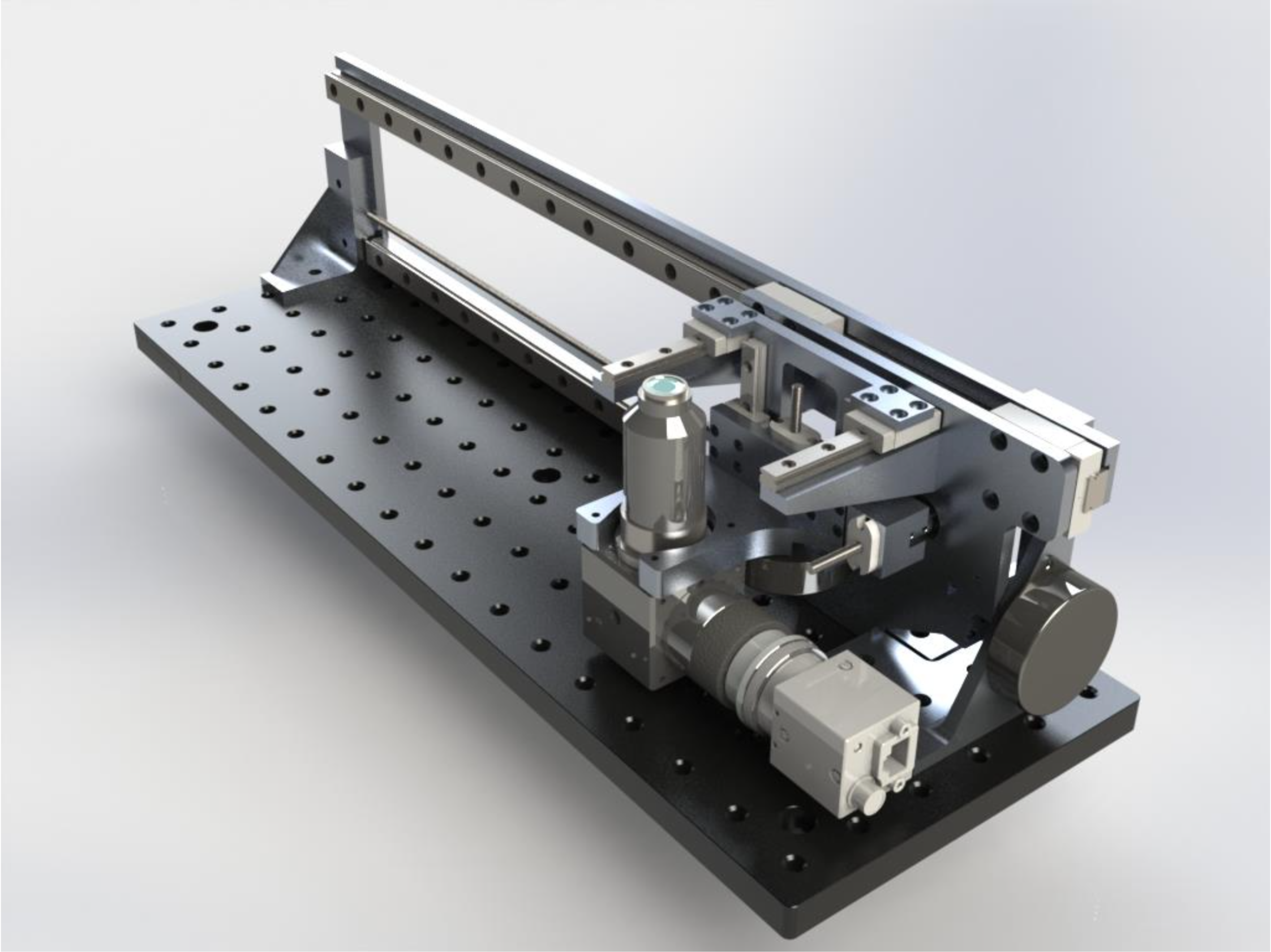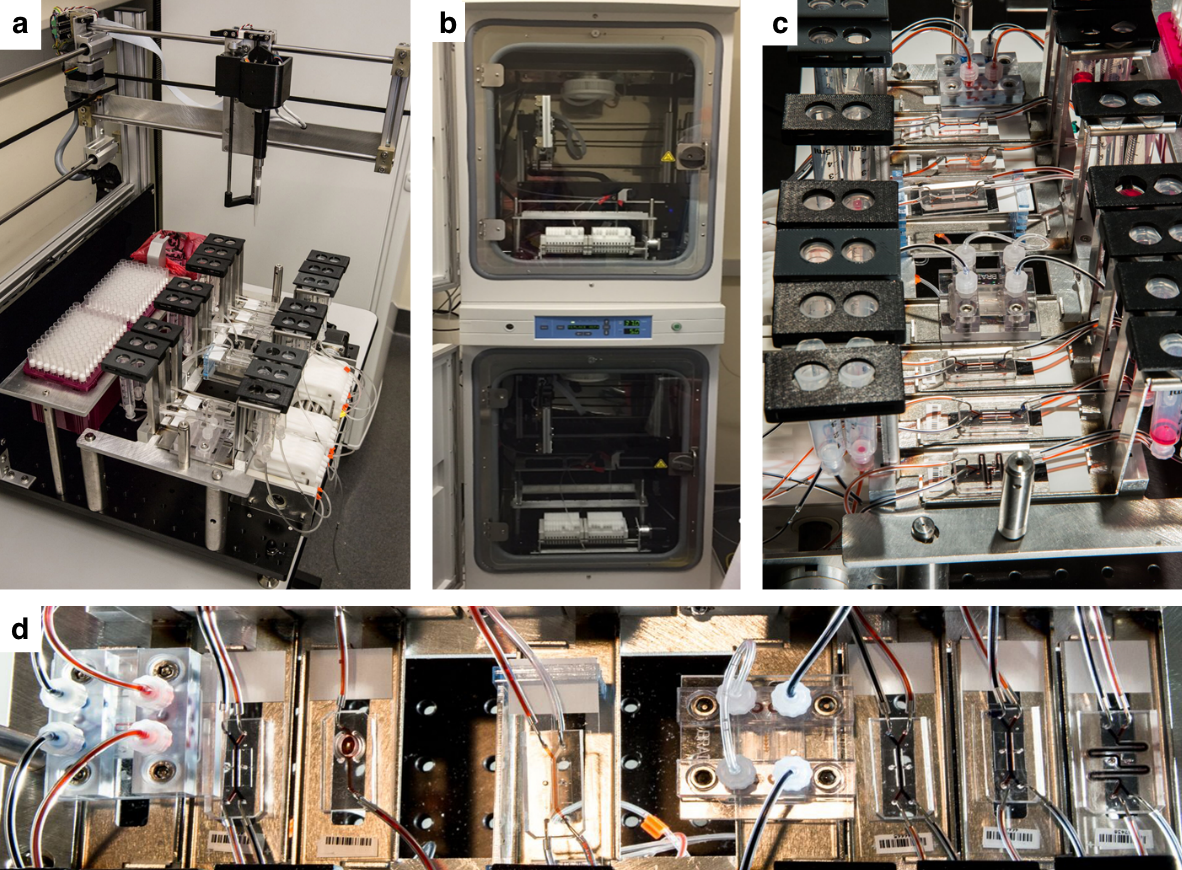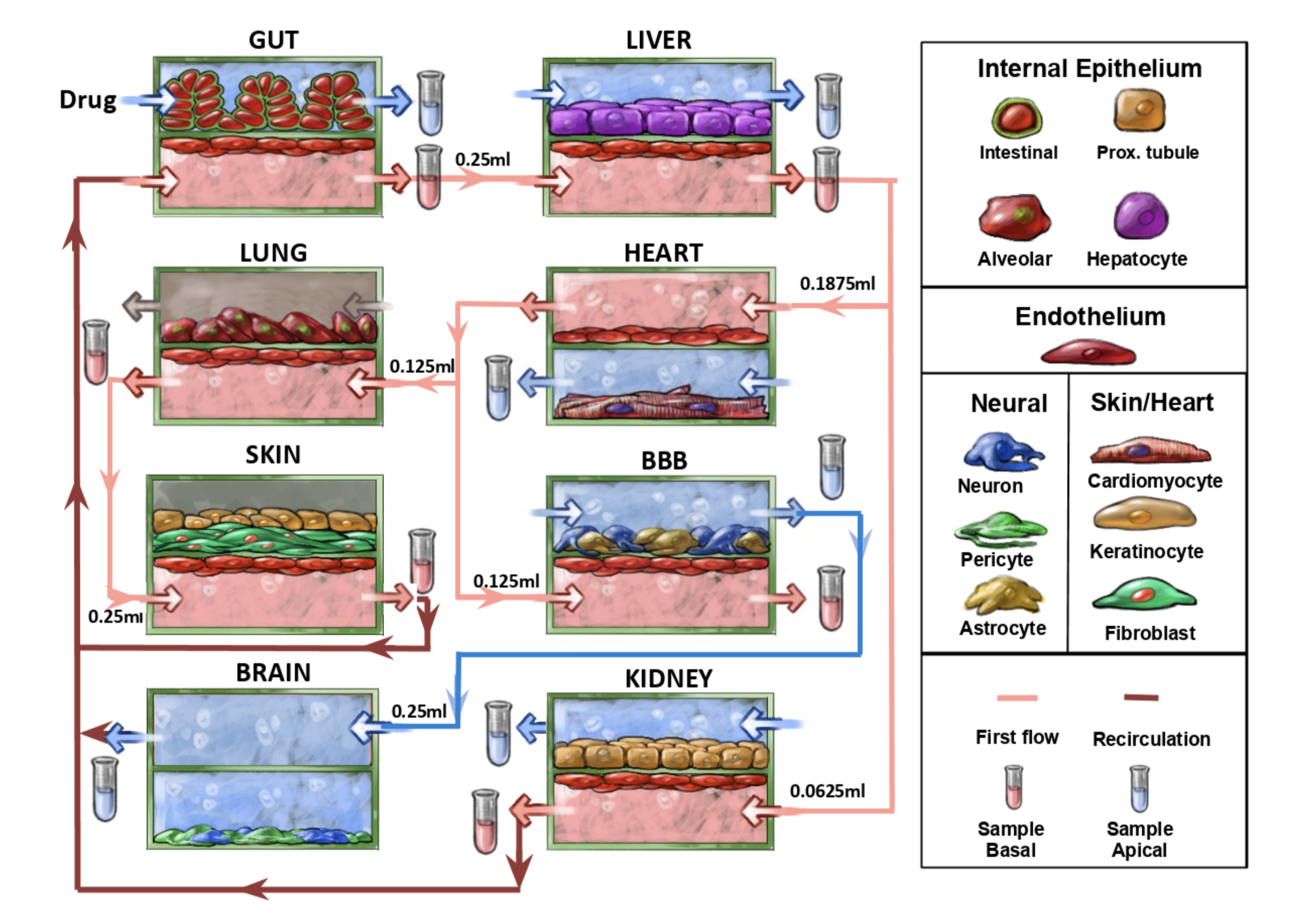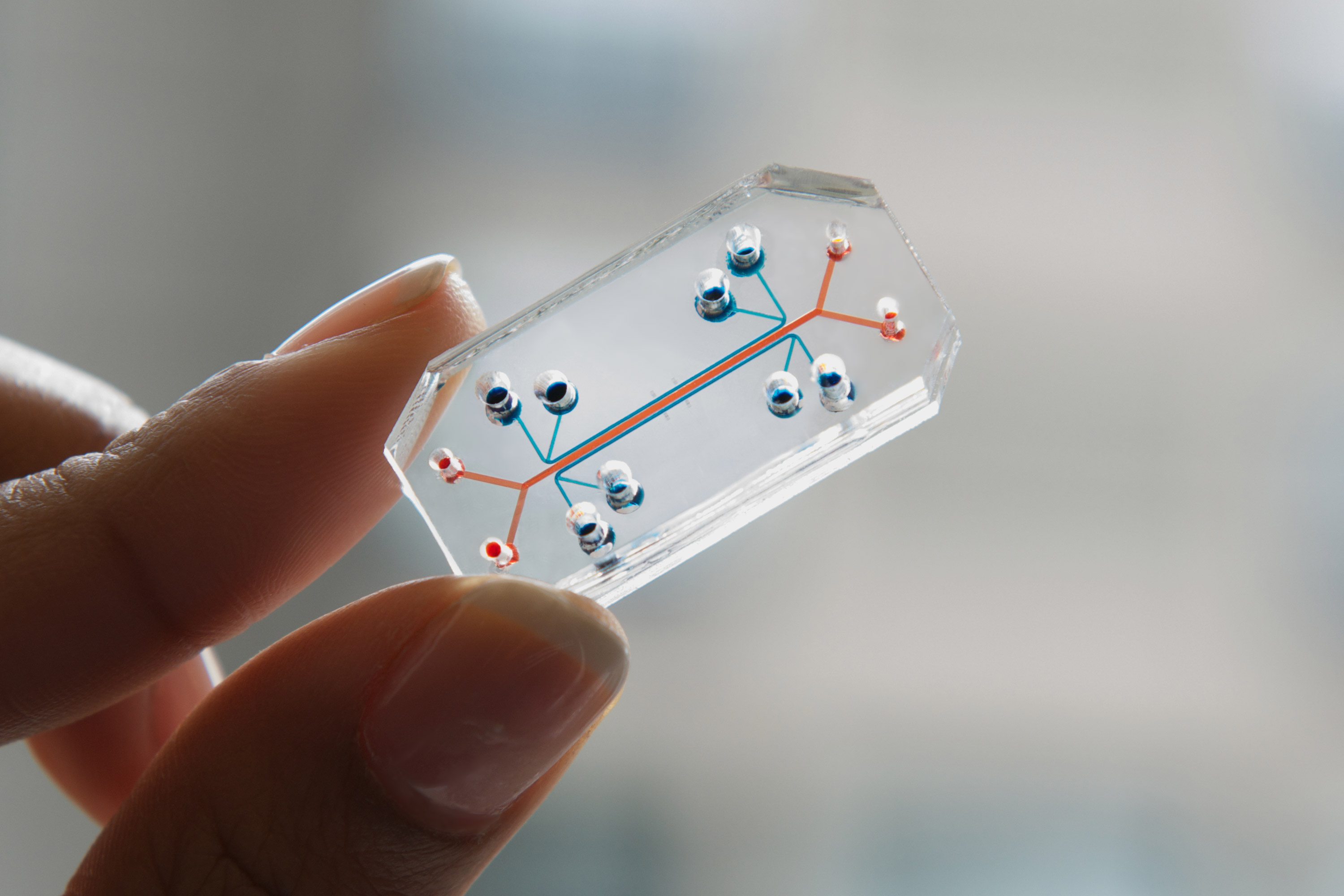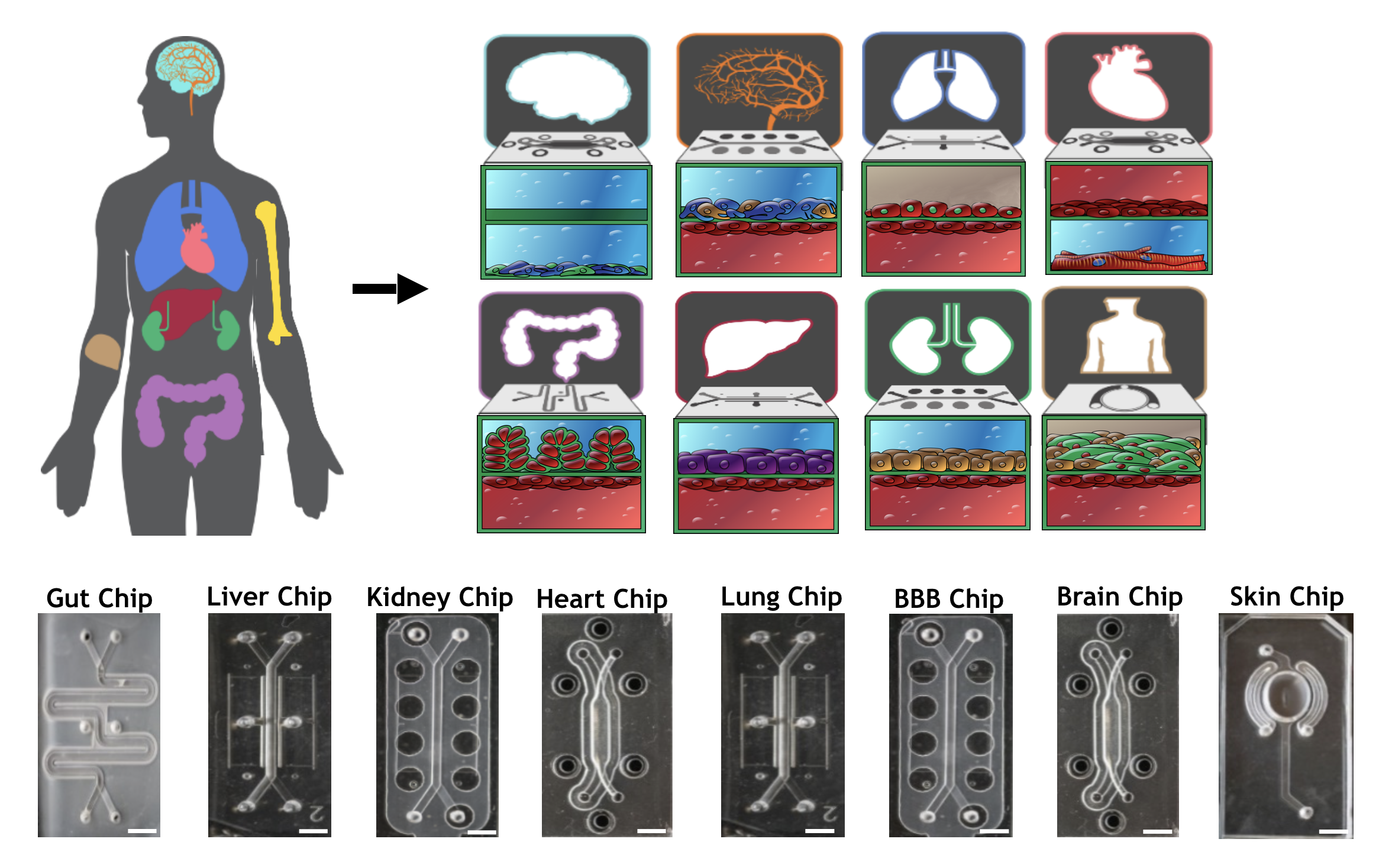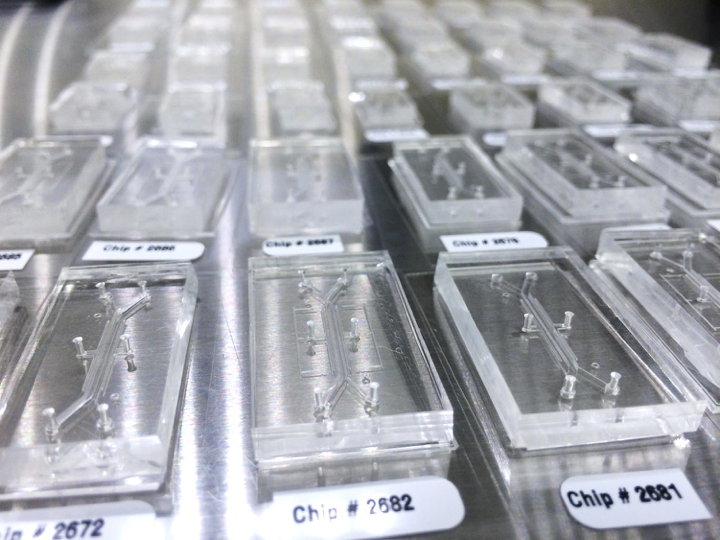Senior Fullstack Engineer
San Francisco & NYC
1990–Present
Always thinking outside of the box-model. Passionate about creating products that live and breathe.
Hiring? Paste your job description or type what you're looking for into the text box below to see if I'm a good fit (AI Powered).
Revel
Senior Frontend Engineer
2023–2025
Revel
Senior Frontend Engineer
2023–2025
Built mission-critical fleet management systems for Revel's all-electric rideshare service in NYC. I architected and developed the real-time fleet management dashboard that operations teams use to monitor vehicle status, coordinate driver shifts, and optimize deployment across service zones. I also built the driver mobile app that enables ride acceptance, turn-by-turn navigation, and shift management with real-time updates. These systems form the core infrastructure coordinating thousands of drivers and zero-emission rides daily.
Visible
Co-Founder
2021–2023
Visible
Co-Founder
2021–2023
Created Visible, a collaborative platform that transforms static content into interactive, multiplayer pages with custom maps, calendars, galleries, and dynamic views. I built a visually rich, multi-modal information organizing tool with real-time multiplayer editing capabilities and implemented a scalable API to manage simultaneous edits across users. The result is a platform that lets people curate and share information in ways that feel alive and explorable, whether they're planning travel itineraries or organizing apartment hunts, turning flat content into experiences you can navigate and discover.
Co-founded with my brother Mattan Ingram.
Mount Sinai
Senior Fullstack Engineer
2019–2021
Mount Sinai
Senior Fullstack Engineer
2019–2021
During the peak of the COVID-19 pandemic, I built telemedicine infrastructure for Mount Sinai's Consumer Digital team that connected millions of patients with healthcare providers. I architected critical features including a HIPAA-compliant video system, appointment scheduling, patient onboarding, and core APIs, transforming telehealth from a convenience into a necessity when in-person visits were no longer possible.
AnimXYZ
Co-Creator
2020–2021
AnimXYZ
Co-Creator
2020–2021
Created AnimXYZ, the first fully composable and customizable CSS animation toolkit that lets you create animations for your HTML, Vue, or React website using plain english. We initially created it as an experiment and it was so compelling we turned it into an open-source library that now has over 2k stars on GitHub. The library leverages the power of utility classes and CSS variables to allow a nearly limitless number of unique animations without writing a single keyframe.
Co-created with my brother Mattan Ingram.
Check out our episode about it on PodRocket.
YaHerd
Co-Creator
2018–2019
YaHerd
Co-Creator
2018–2019
We created YaHerd to prove event coordination didn't need to be complicated. I handled the full technical implementation, building a serverless architecture with real-time updates, automated deployments, and the ability to scale from zero to thousands of users instantly. The result: a fast, privacy-respecting alternative to mainstream platforms.
Co-created with my brother Mattan Ingram.
Wyss Institute at Harvard
Systems Engineer
2016–2018
Wyss Institute at Harvard
Systems Engineer
2016–2018
Designed and built an automated robotic system that transformed how researchers conducted organ-on-a-chip experiments. The platform handled precise fluid delivery, environmental monitoring, and microscopic imaging continuously over multi-week experiments, eliminating manual intervention and enabling more complex, reproducible studies. This automation allowed researchers to run parallel experiments at scale and opened new possibilities for multi-organ system modeling, directly contributing to breakthroughs in predicting human drug responses published in Nature Biomedical Engineering.
Wyss Institute at Harvard
Microdevice Engineer
2014–2016
Wyss Institute at Harvard
Microdevice Engineer
2014–2016
Designed and fabricated microfluidic organ-on-a-chip devices that replicate human tissue physiology for drug development research. These devices used precision microstructures and biomimetic coatings to create cellular environments that closely mirror conditions inside the human body. By providing a more accurate alternative to animal models, the technology can accelerate preclinical drug testing and reduce the risk of late-stage clinical failures.
